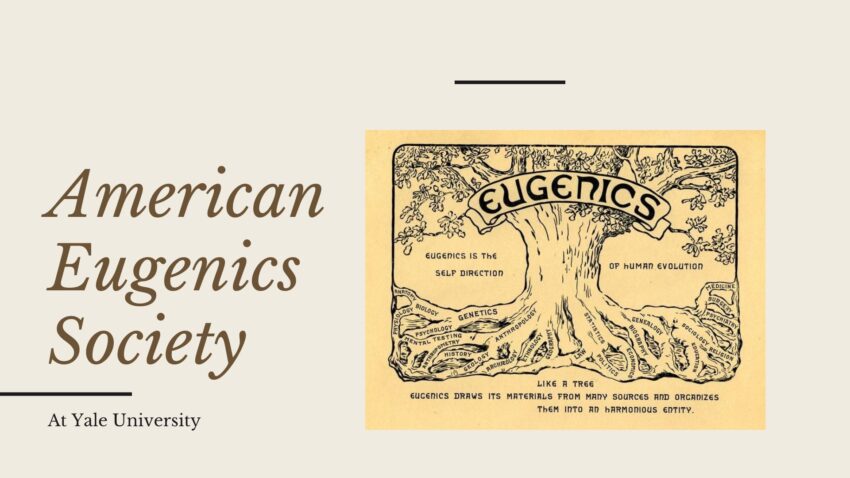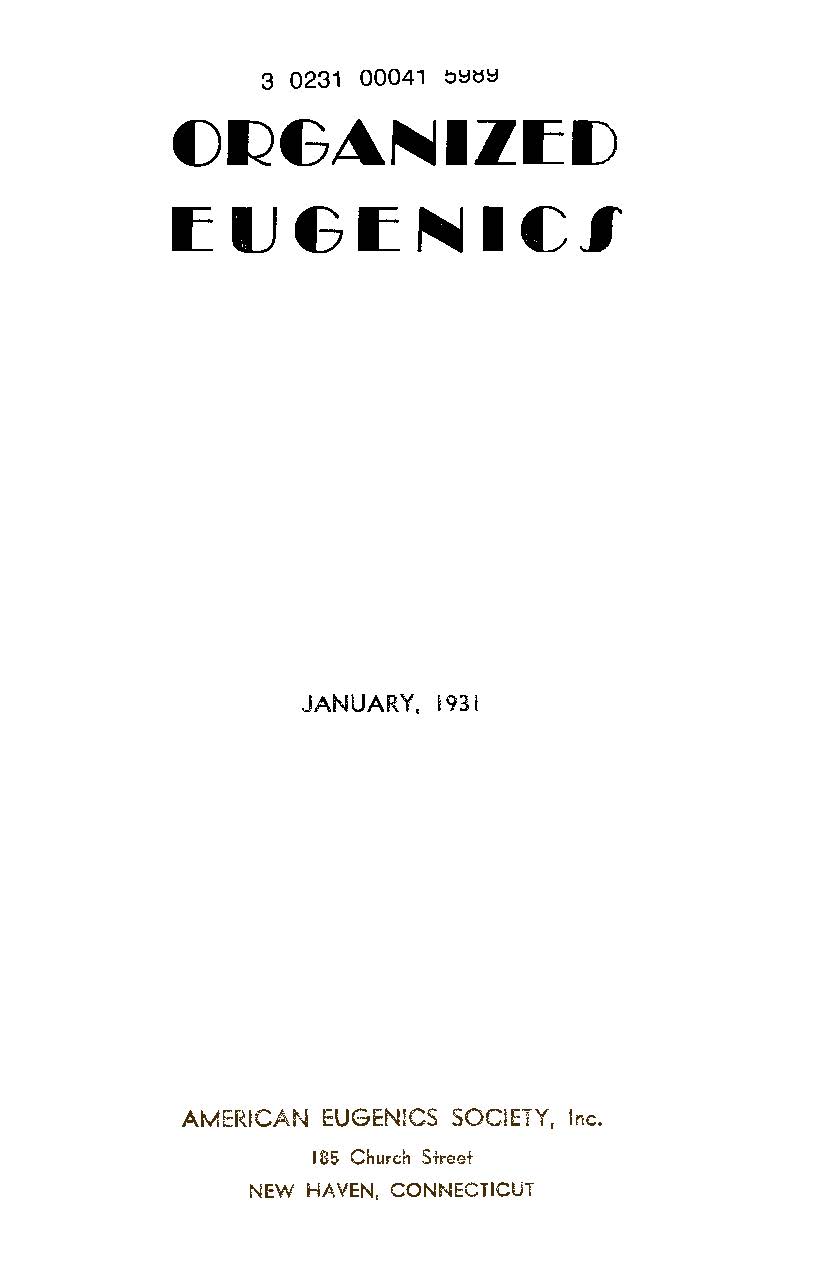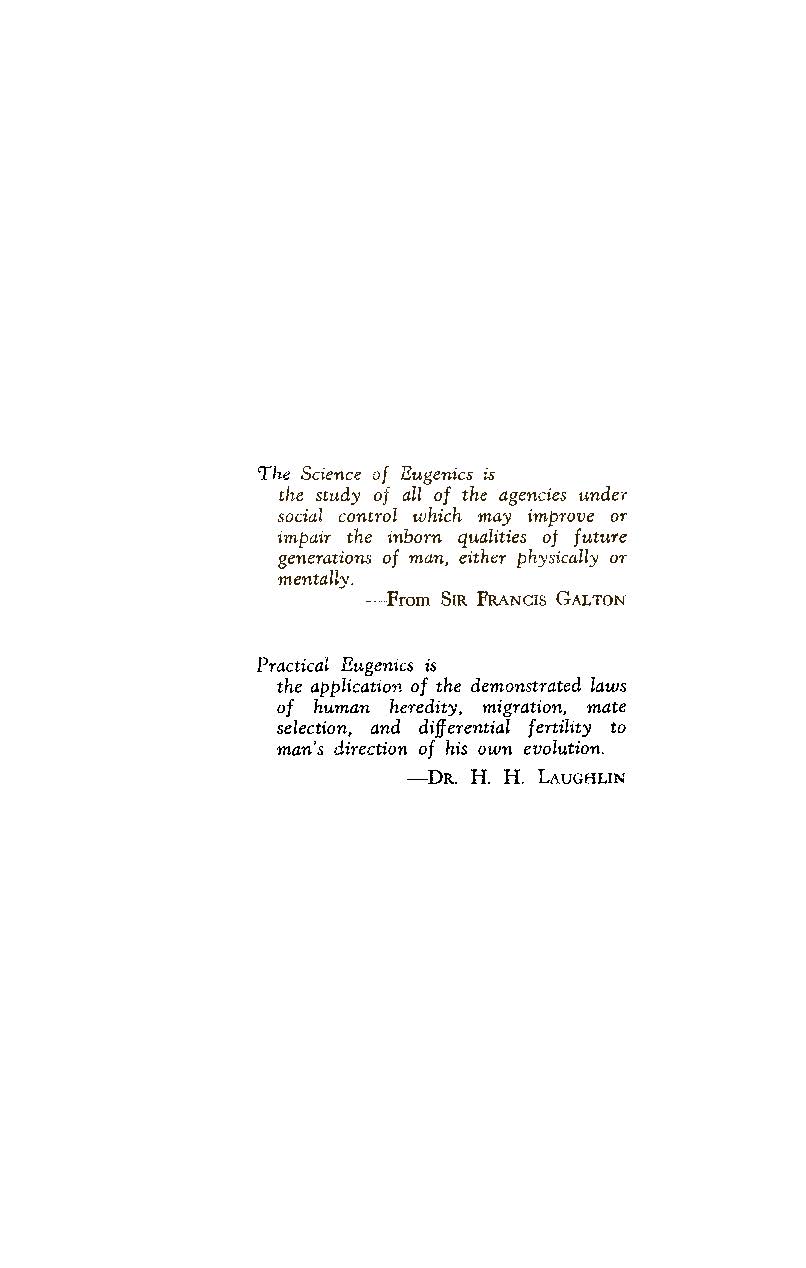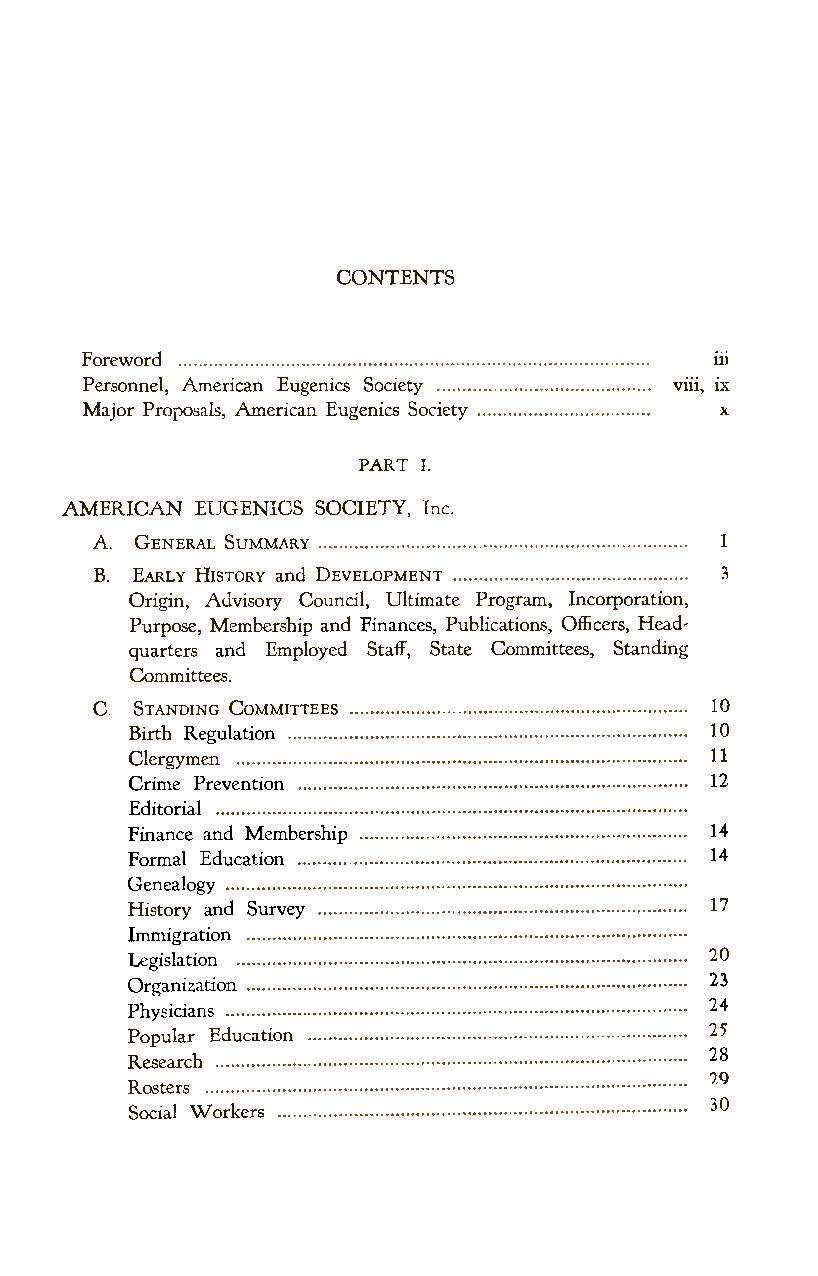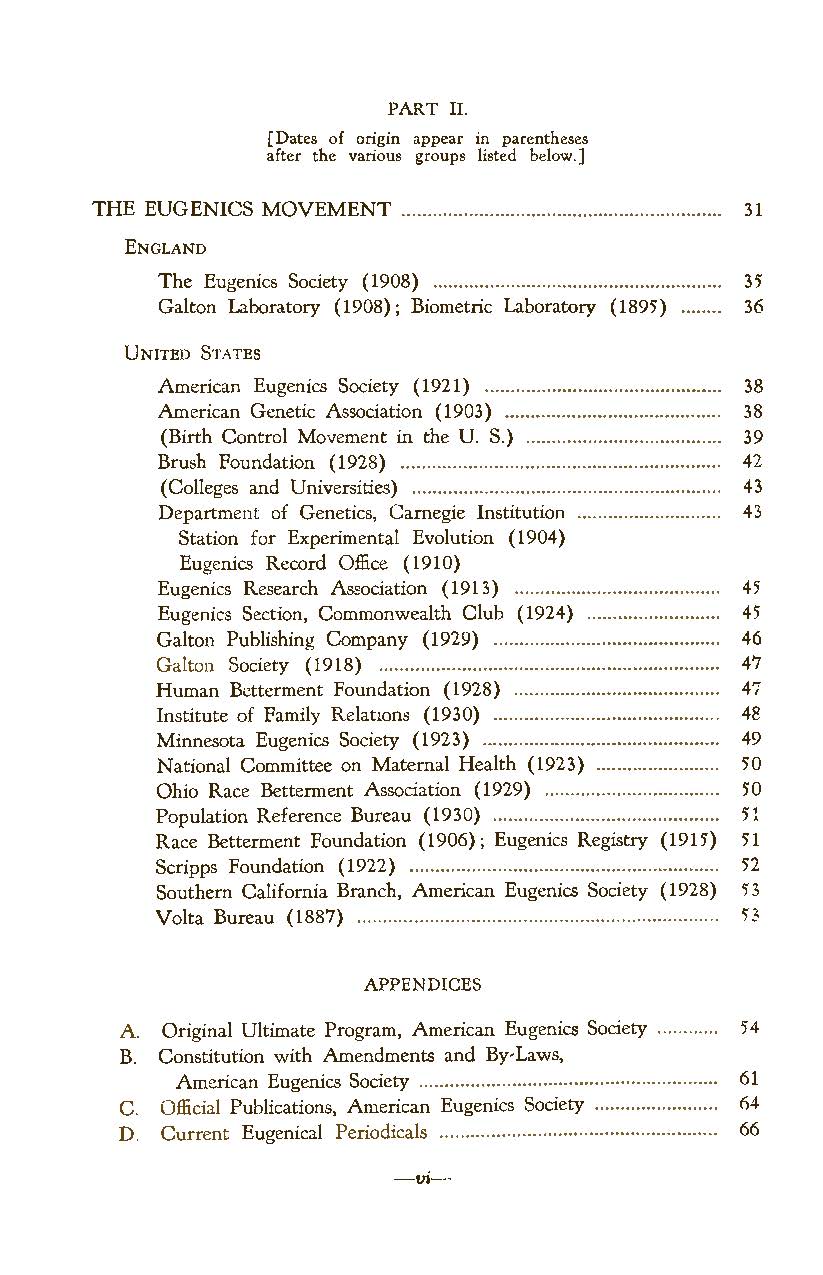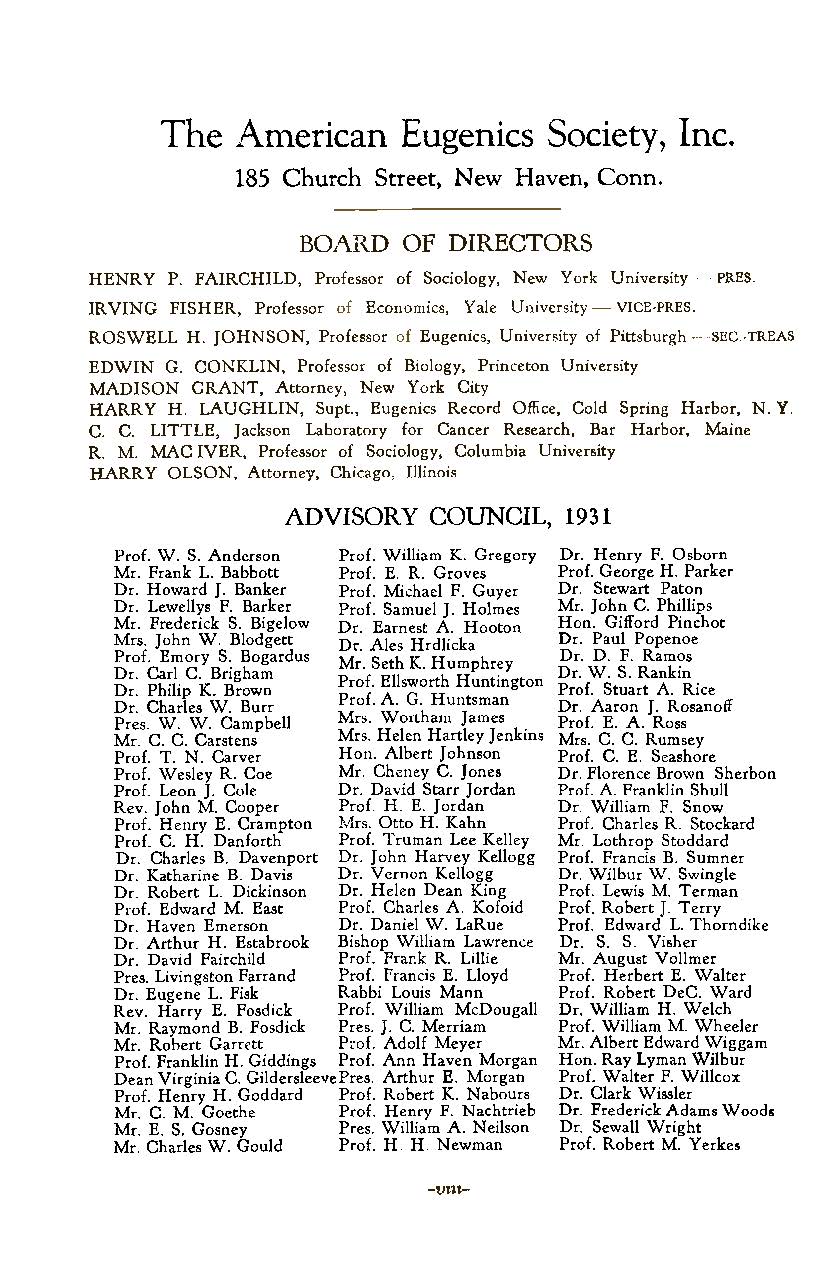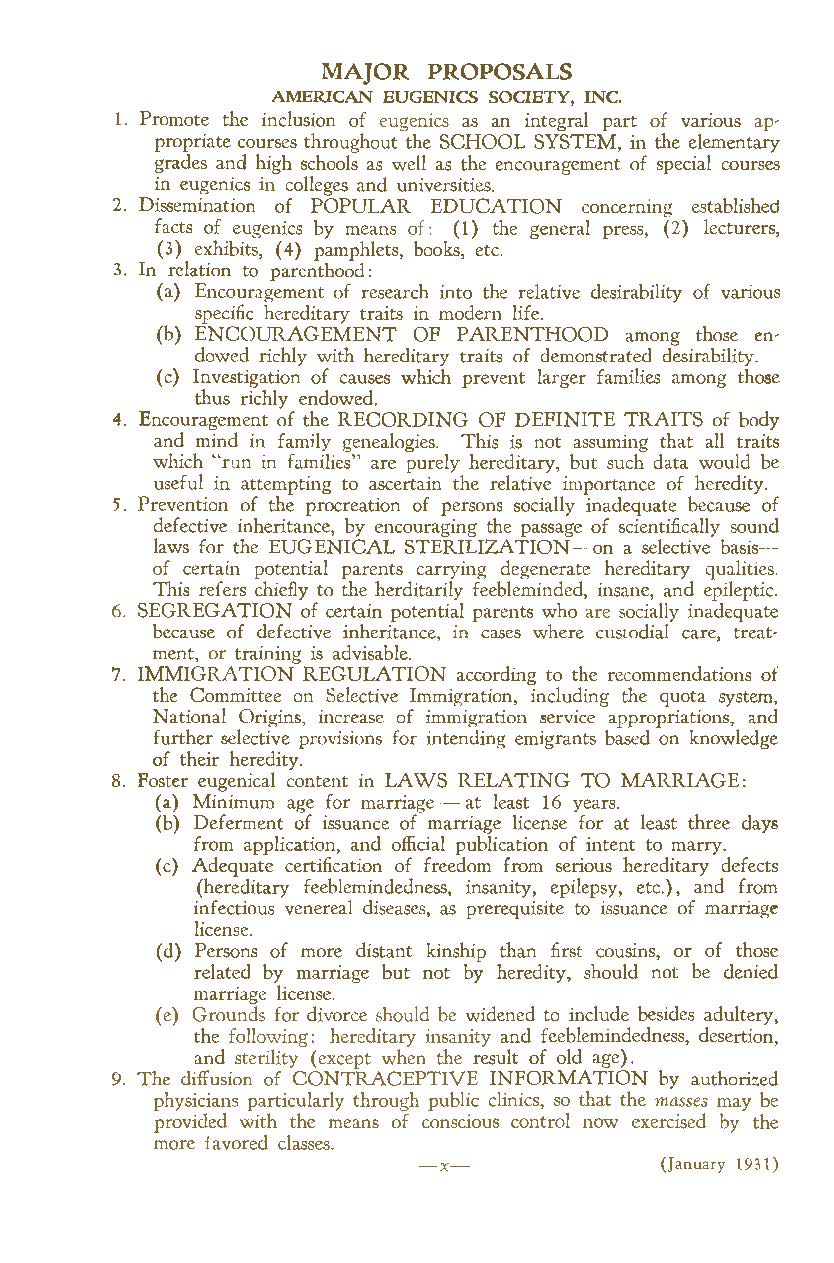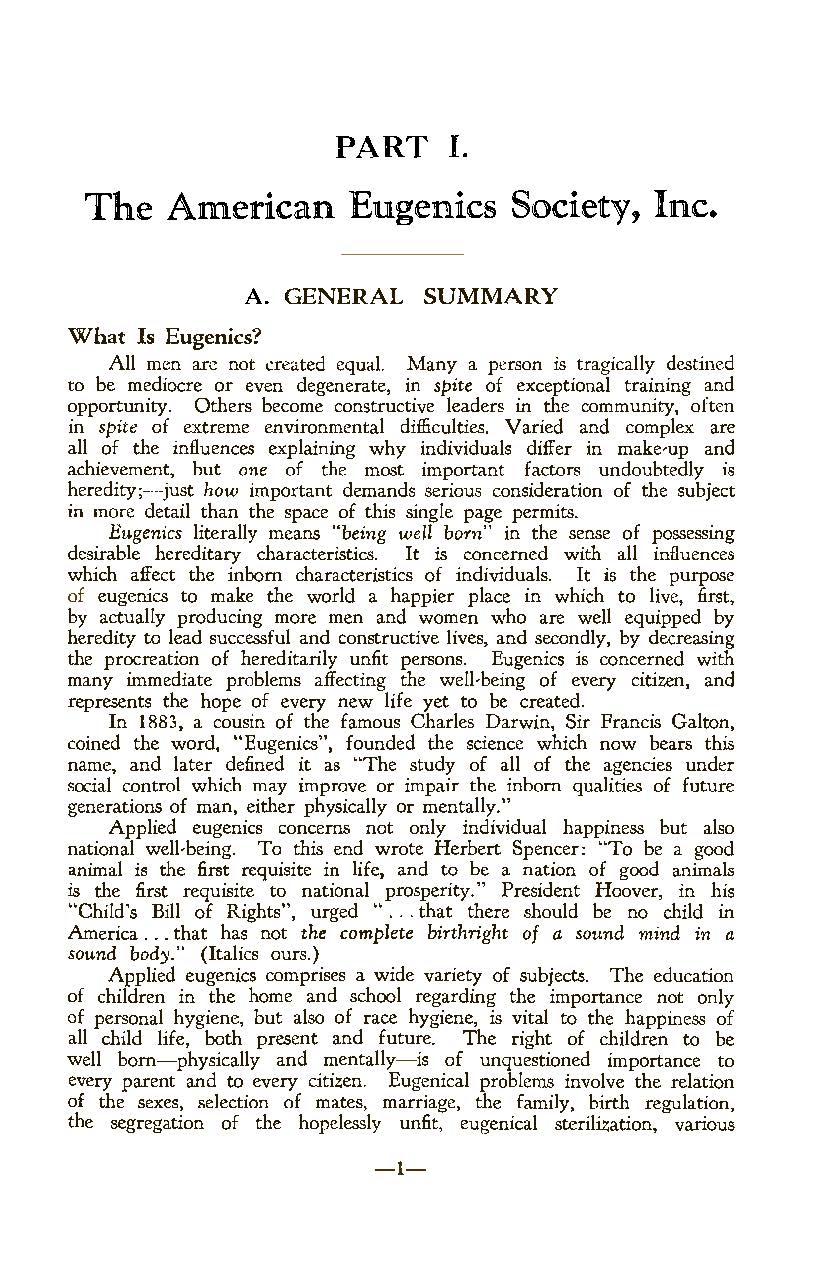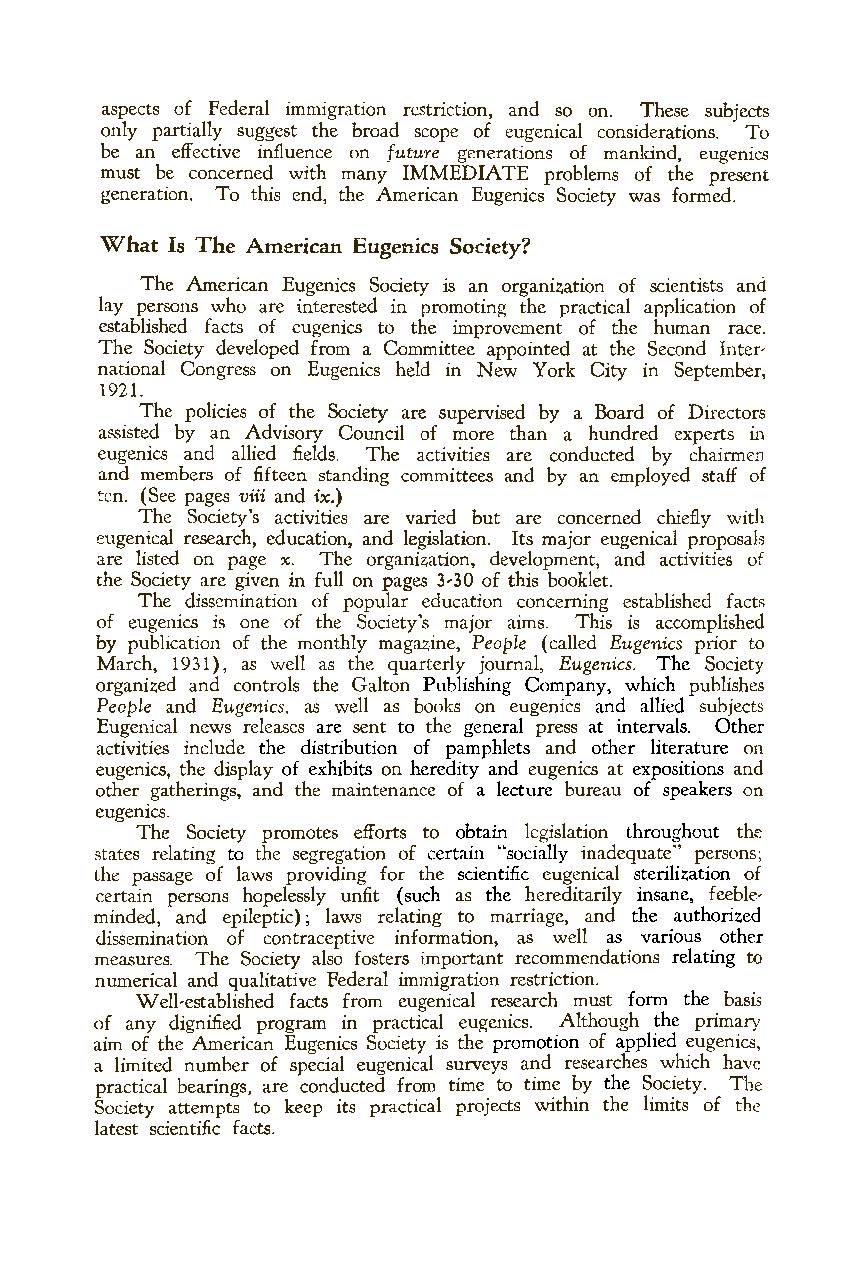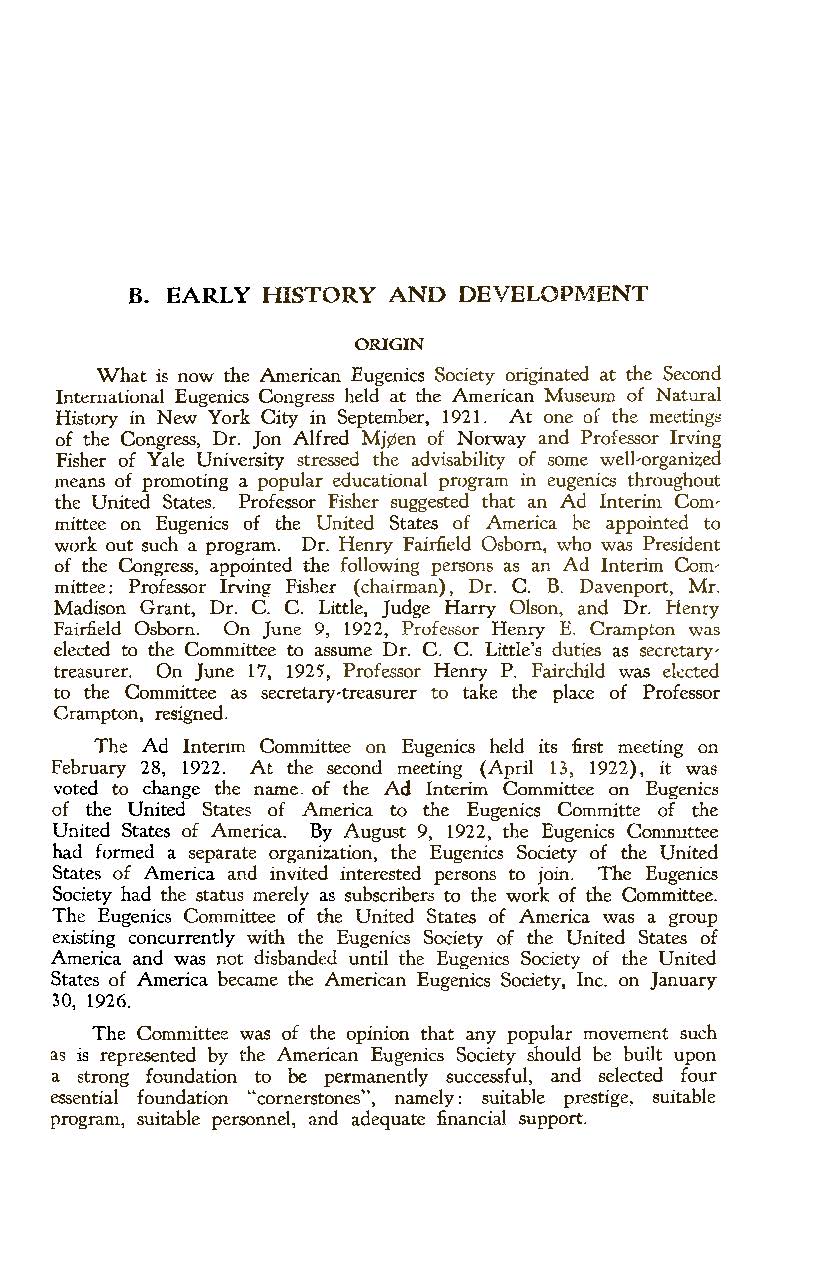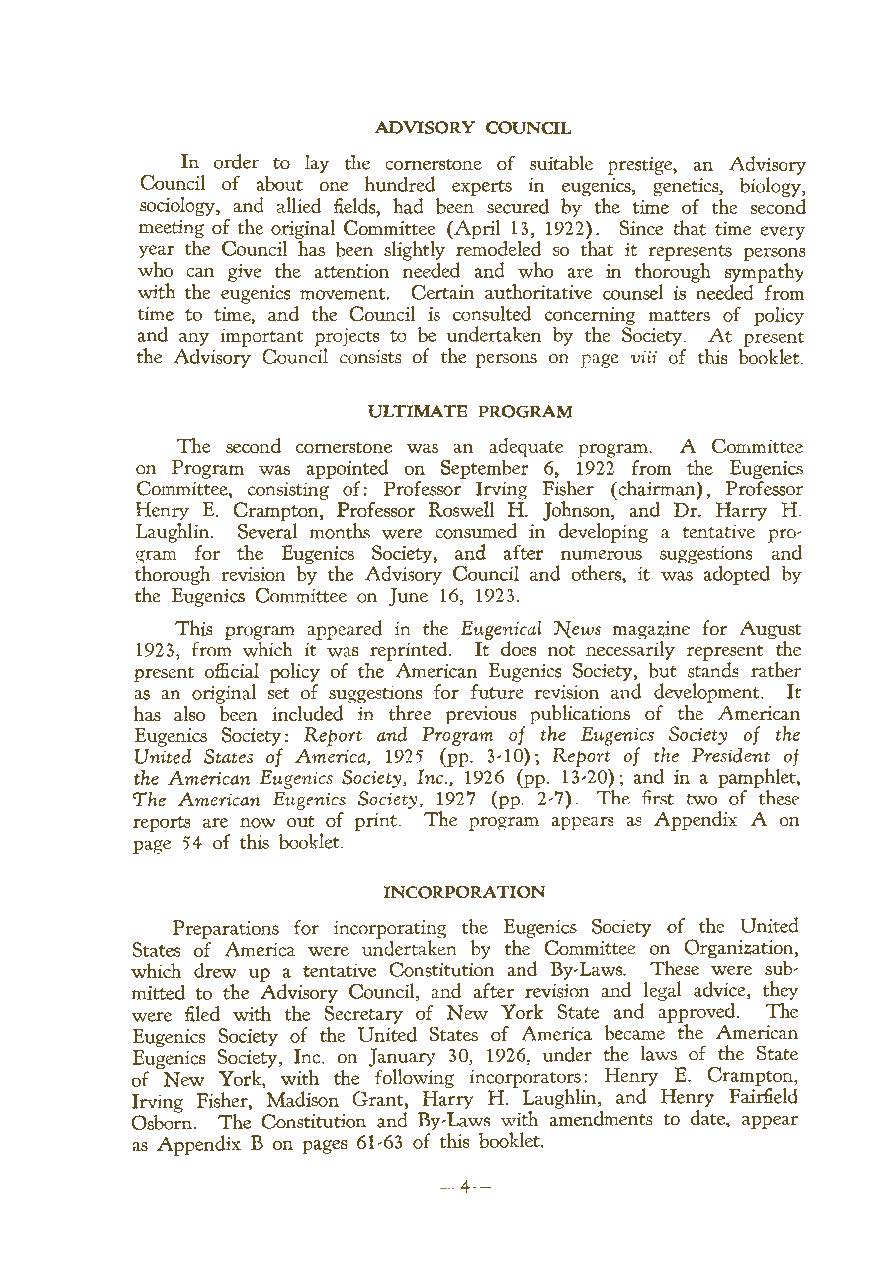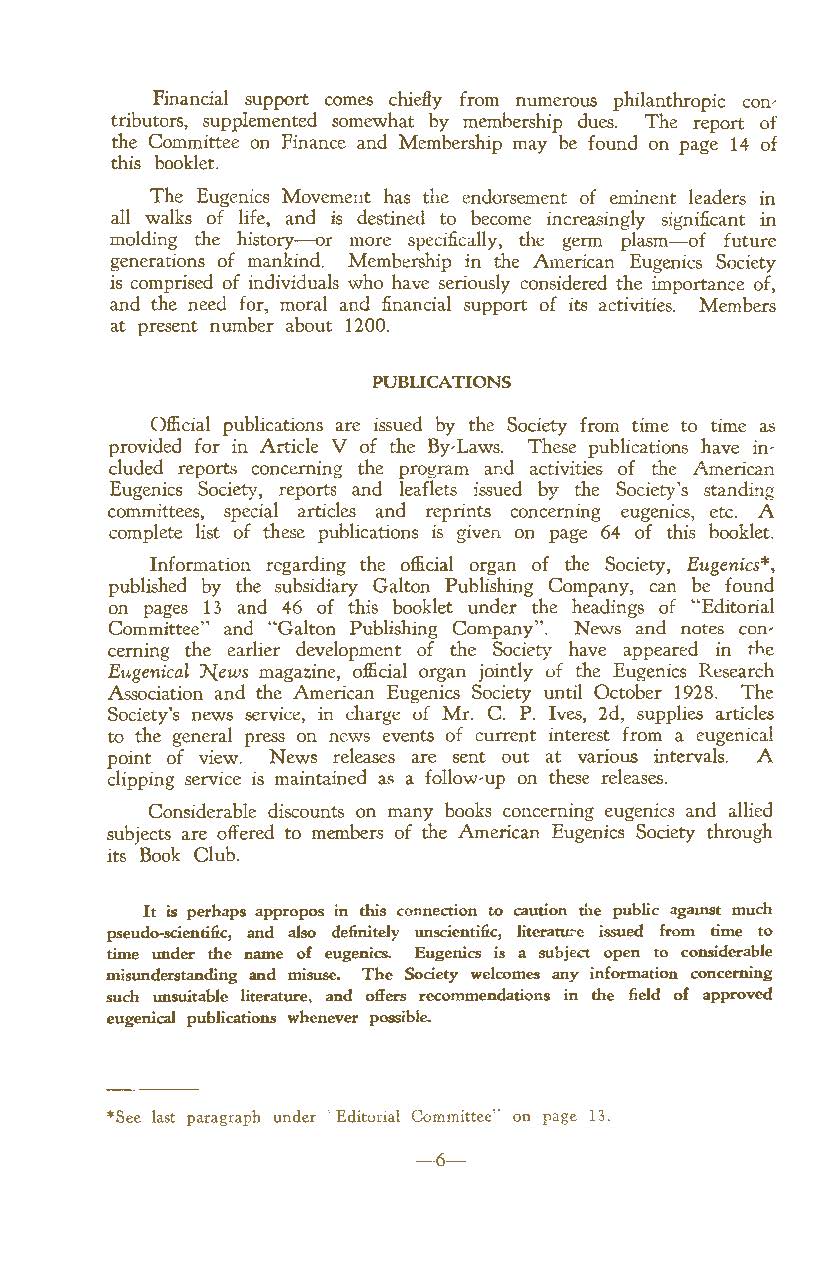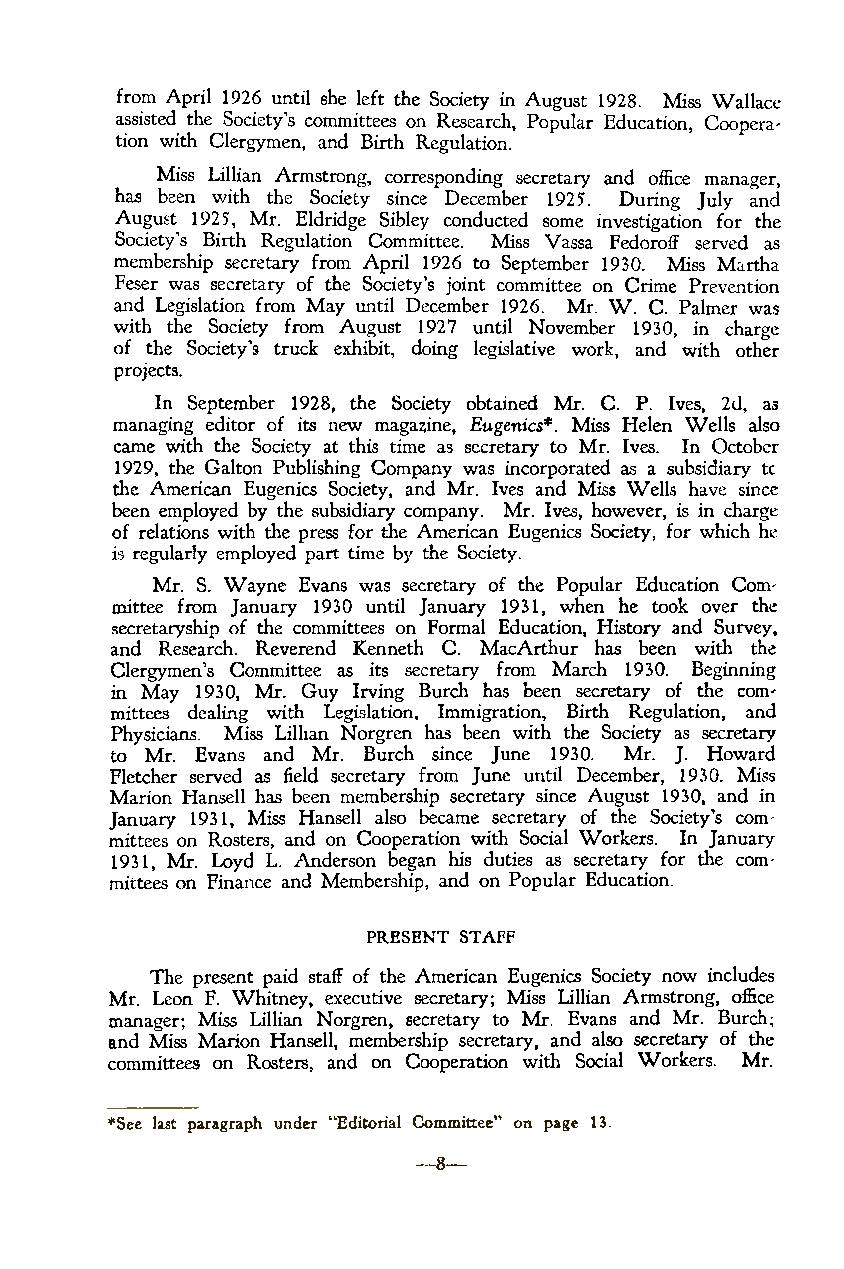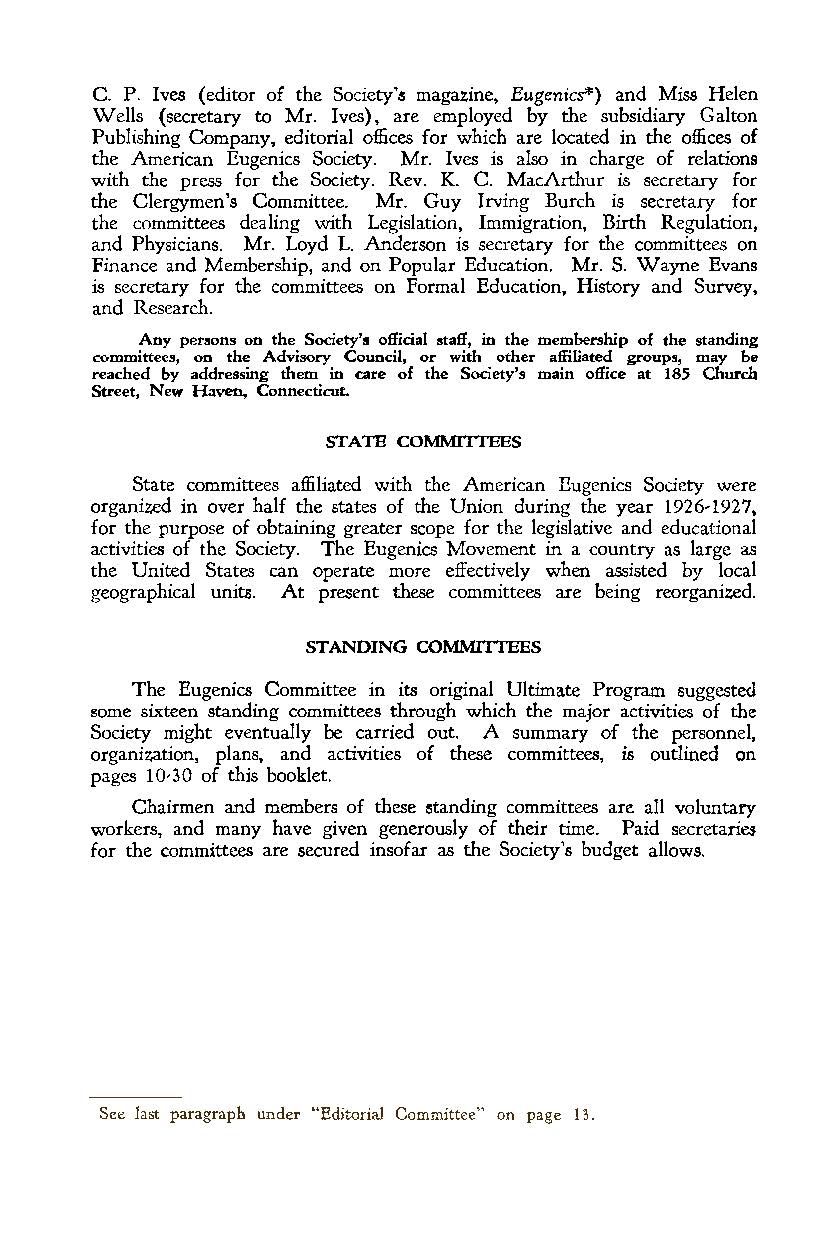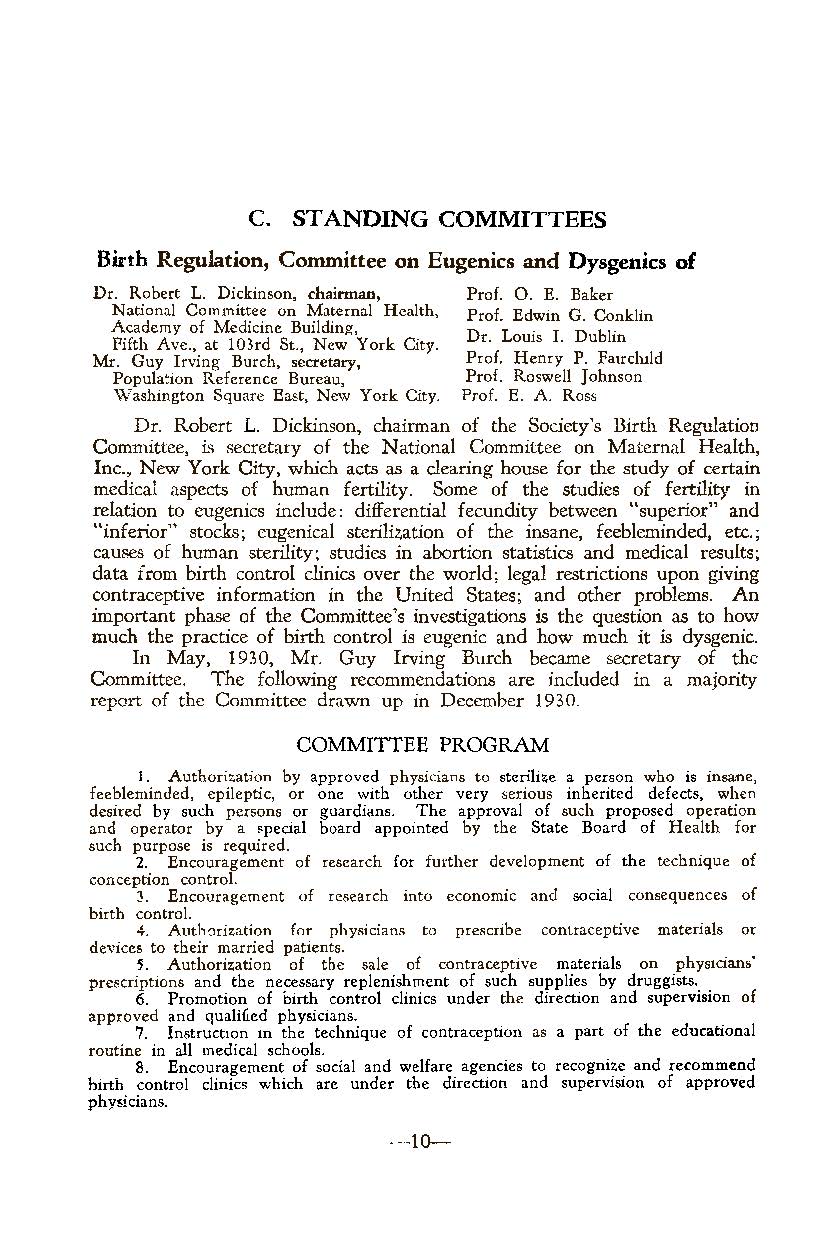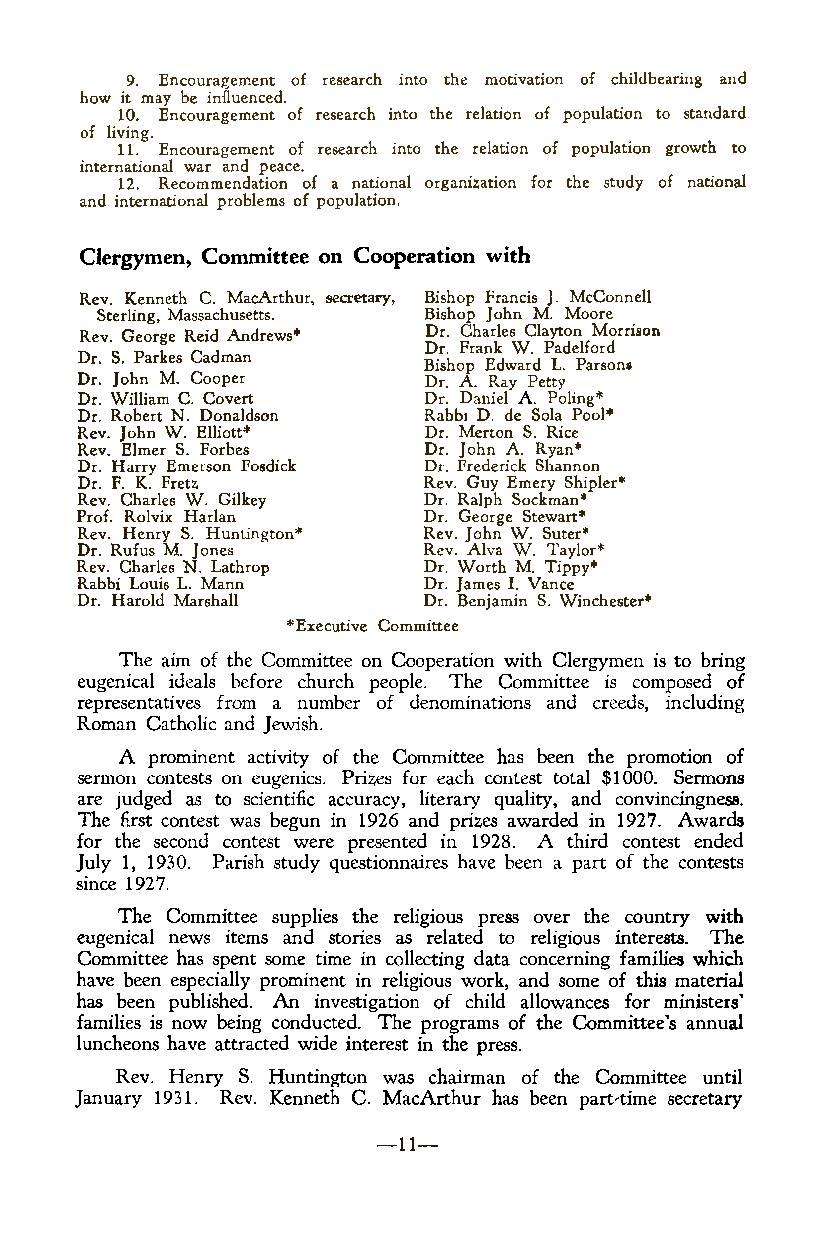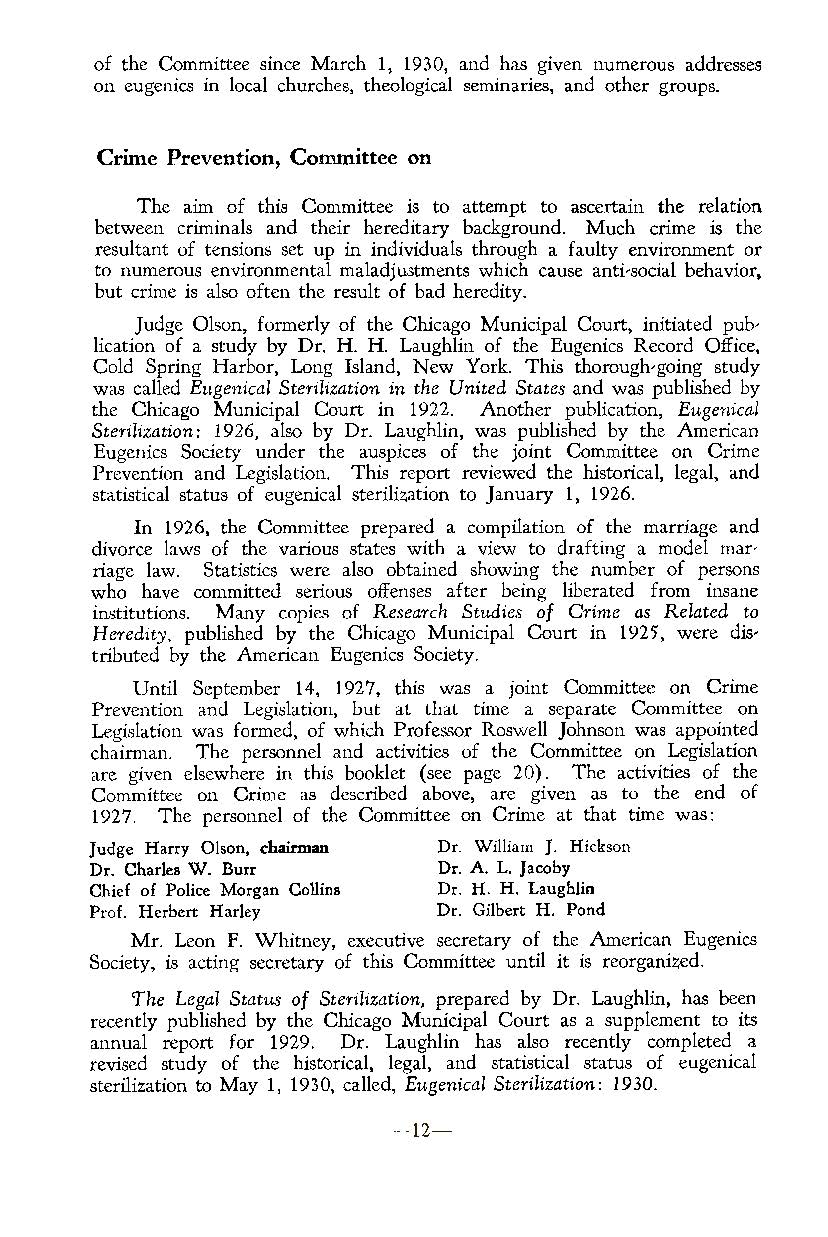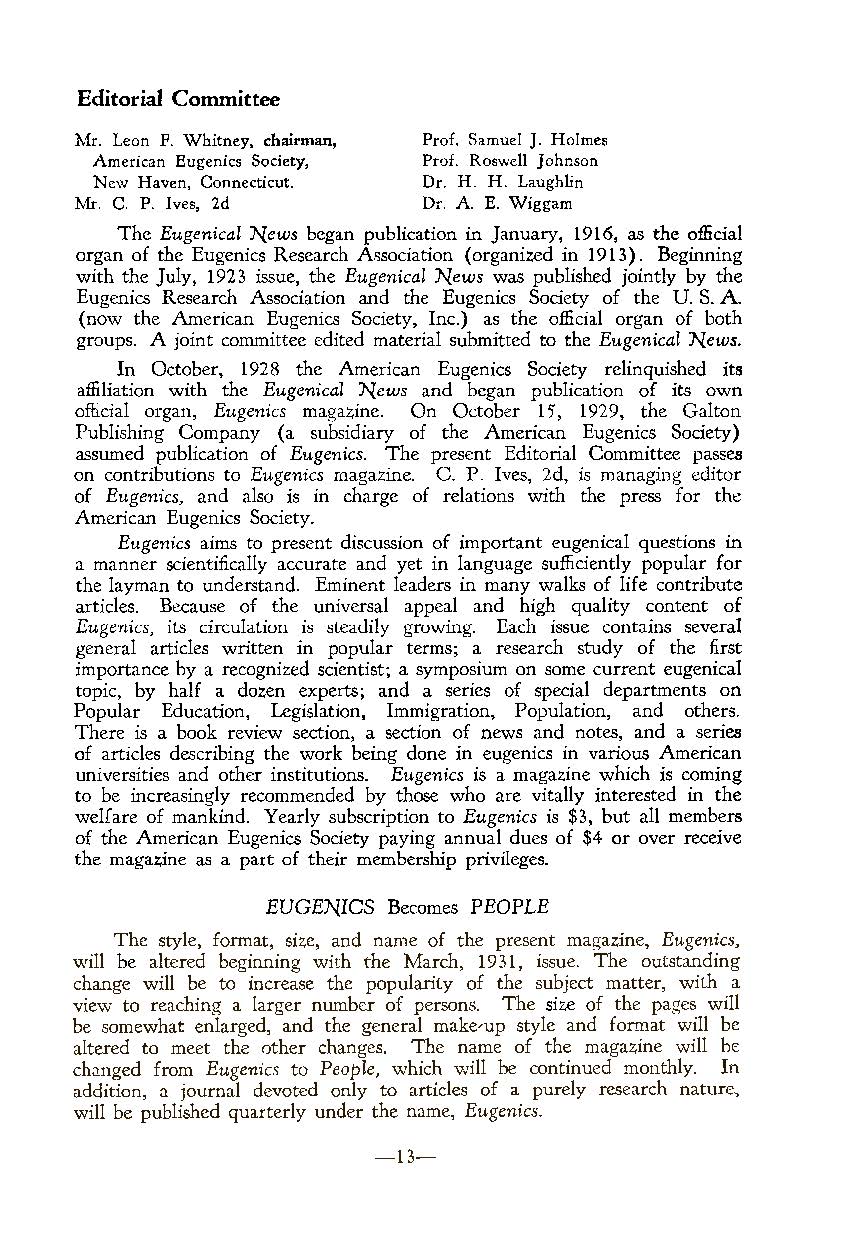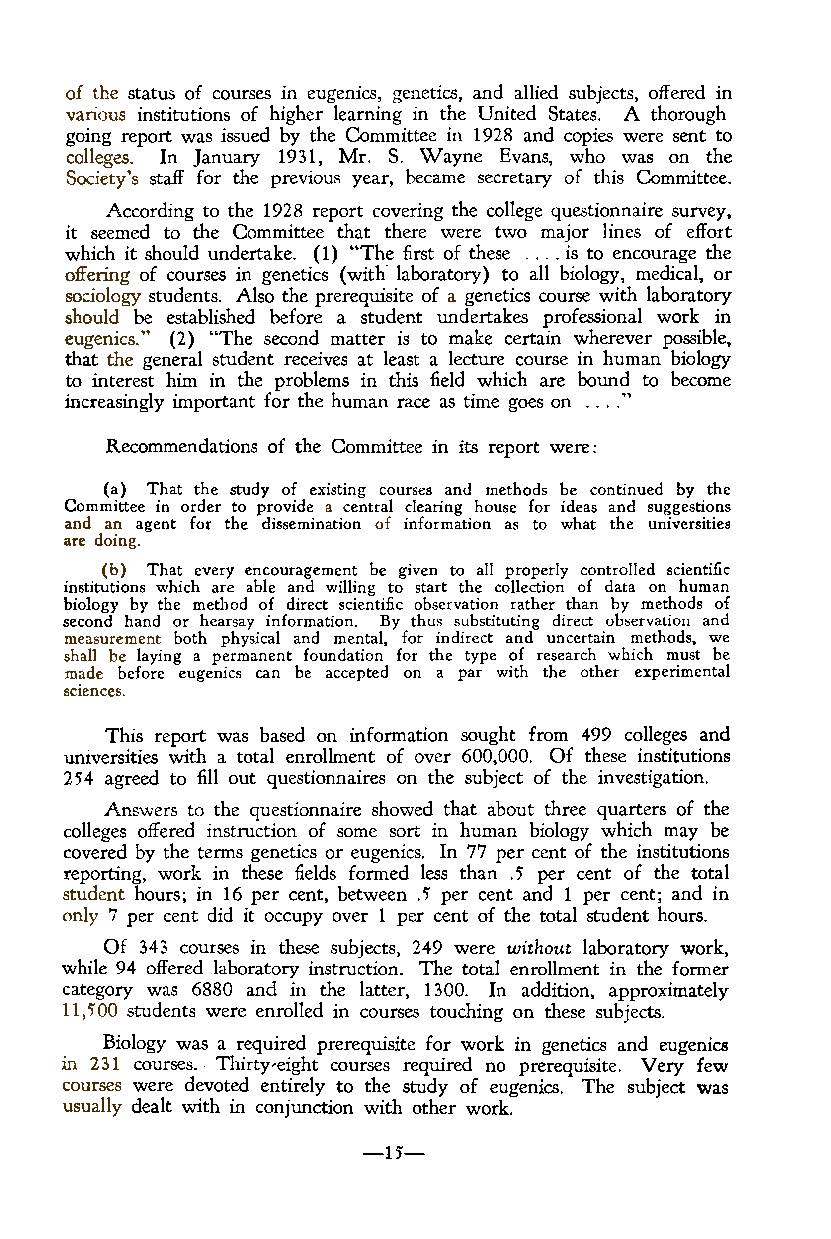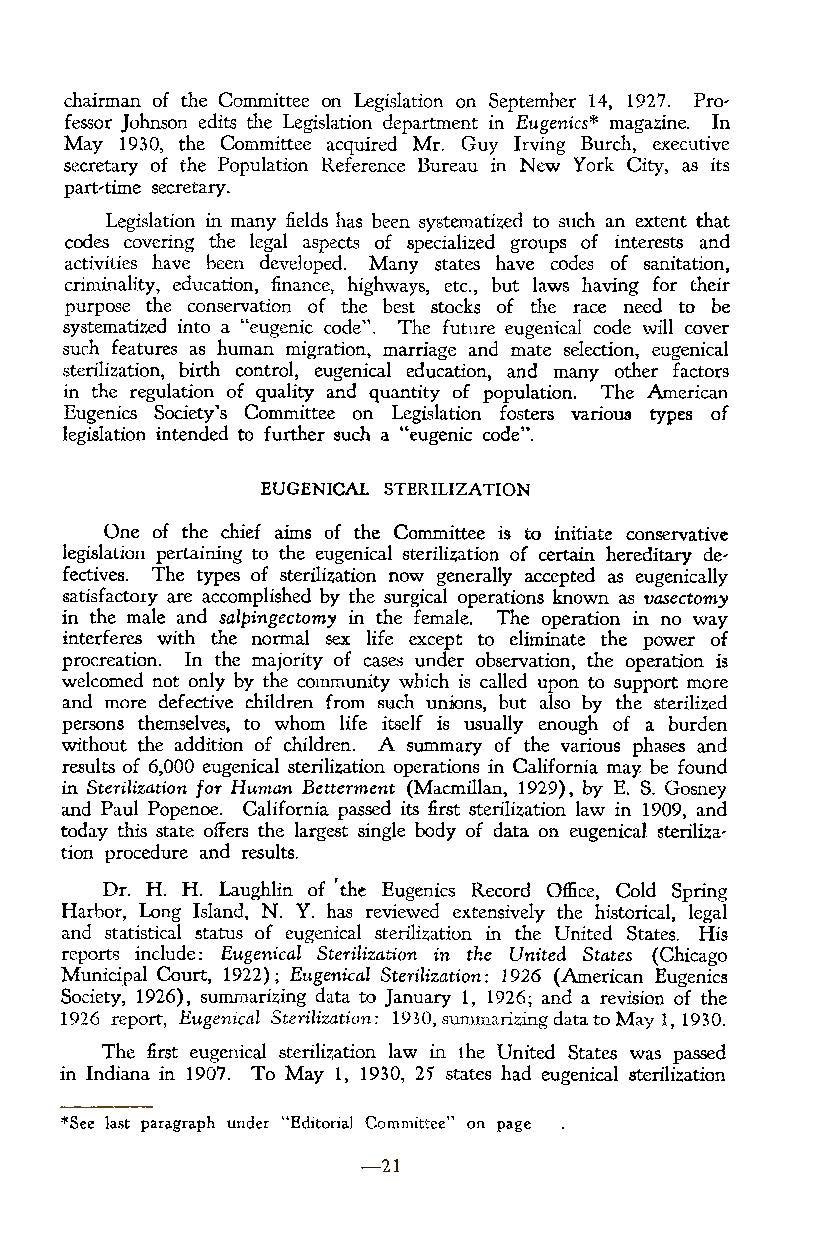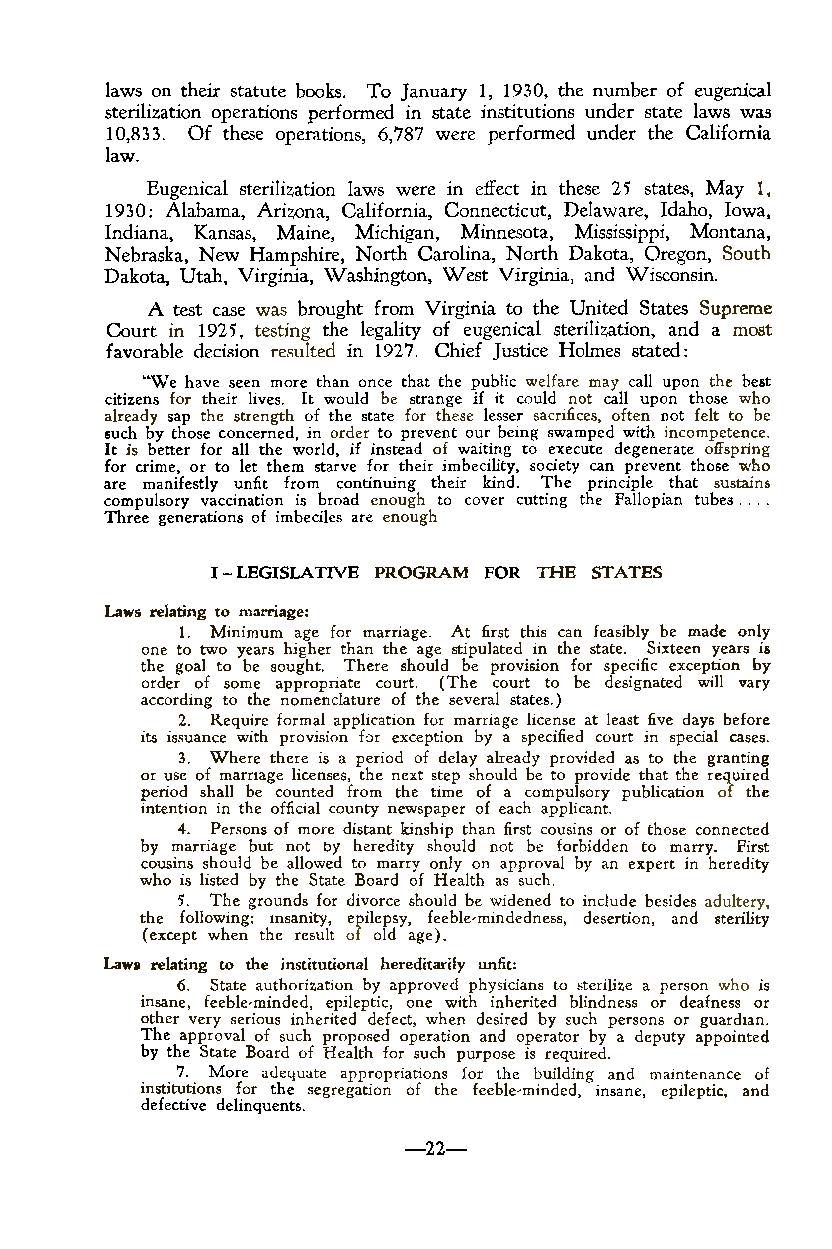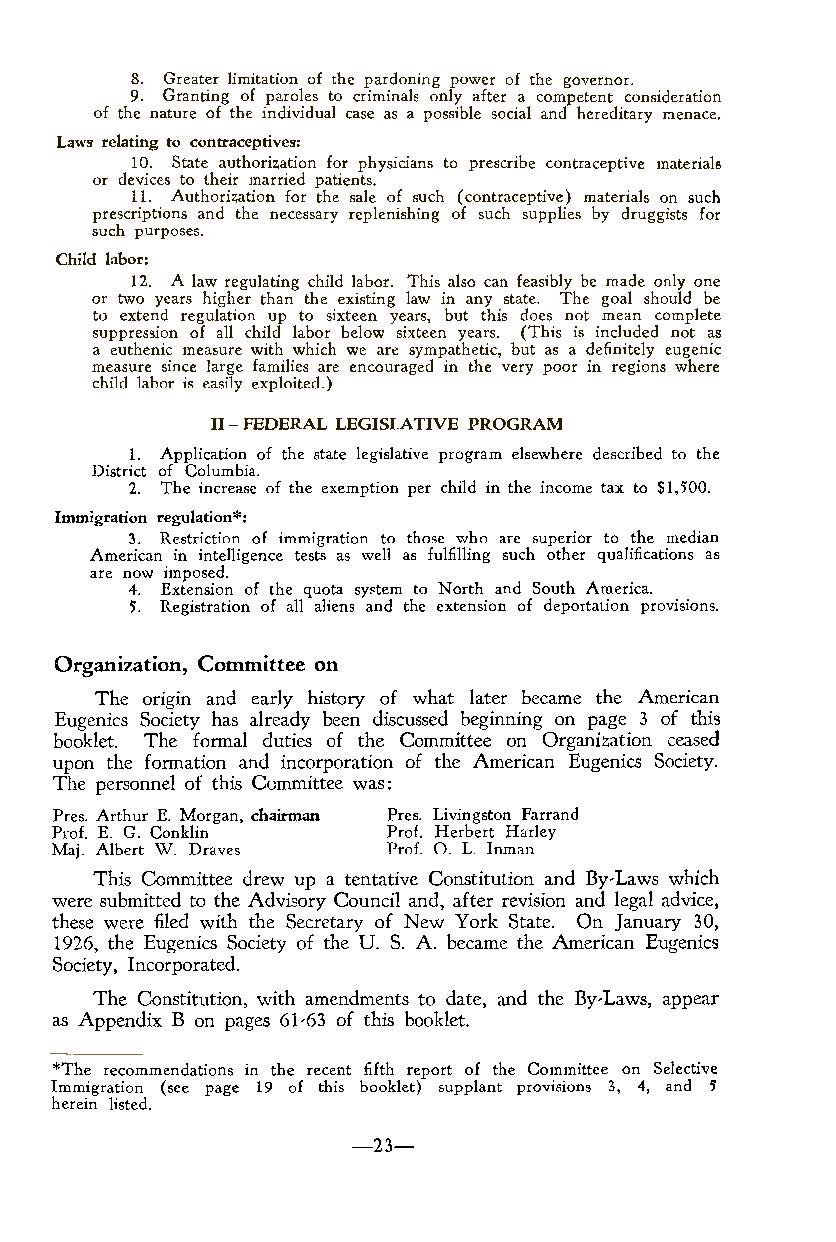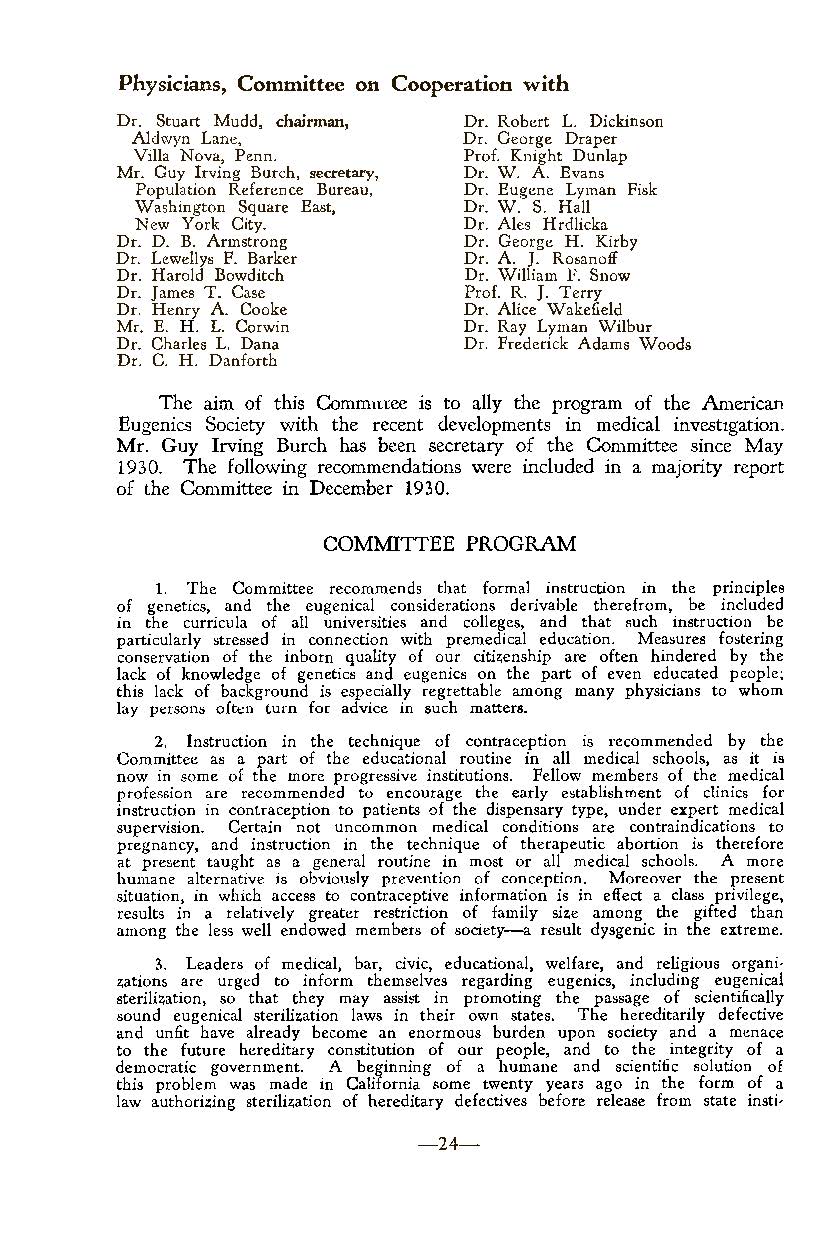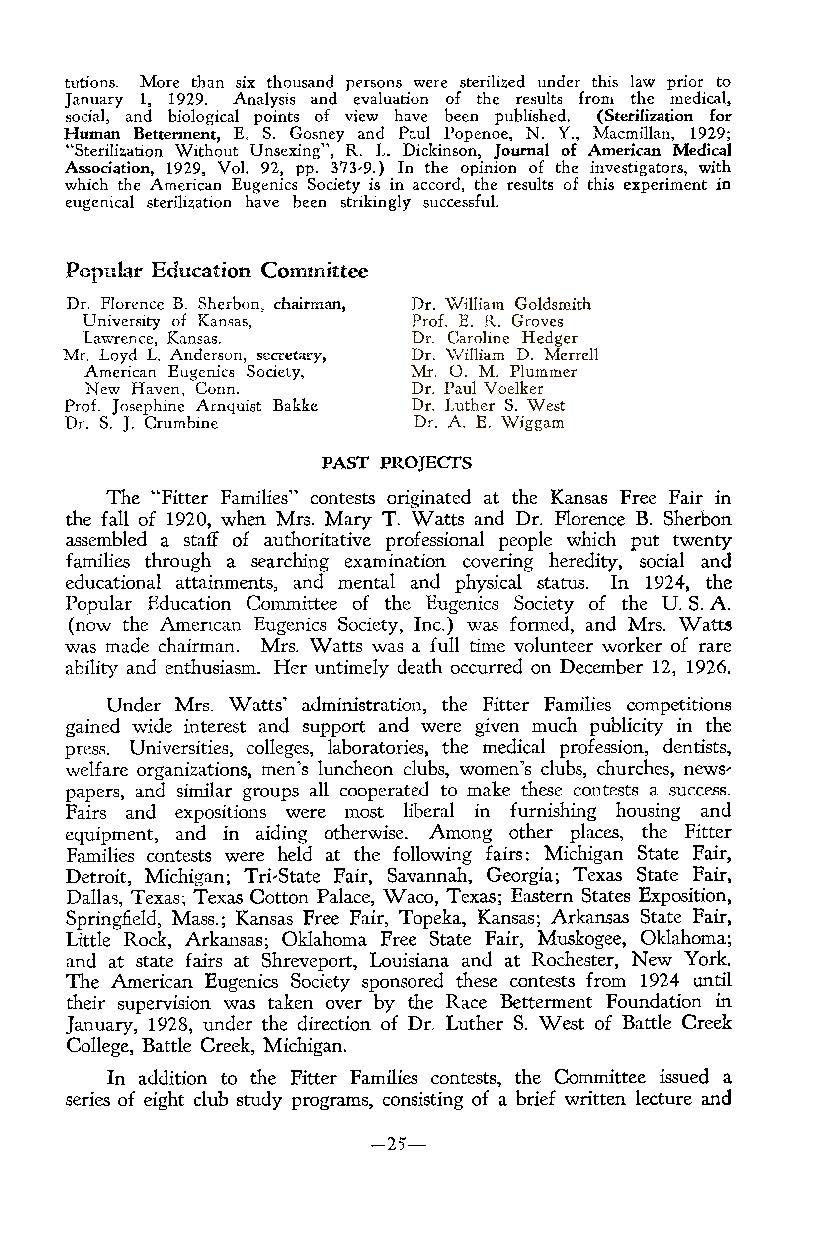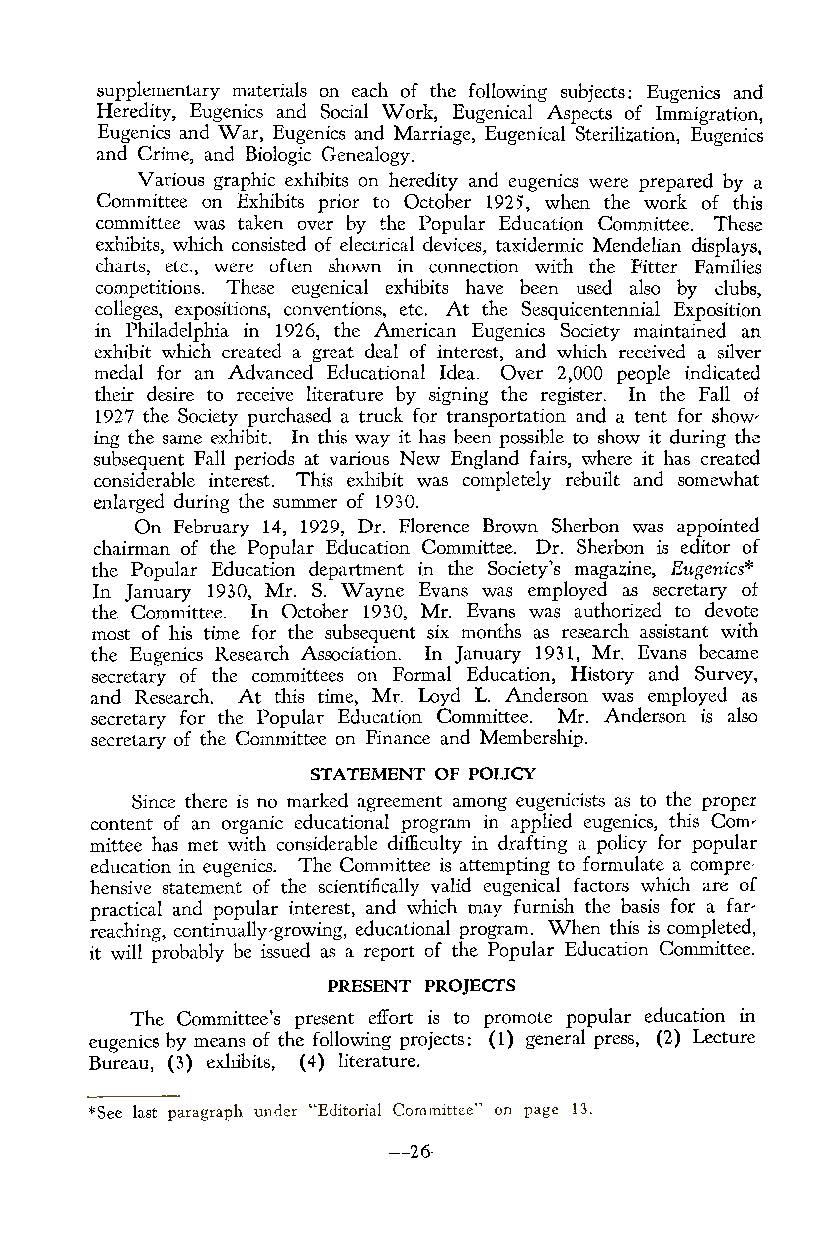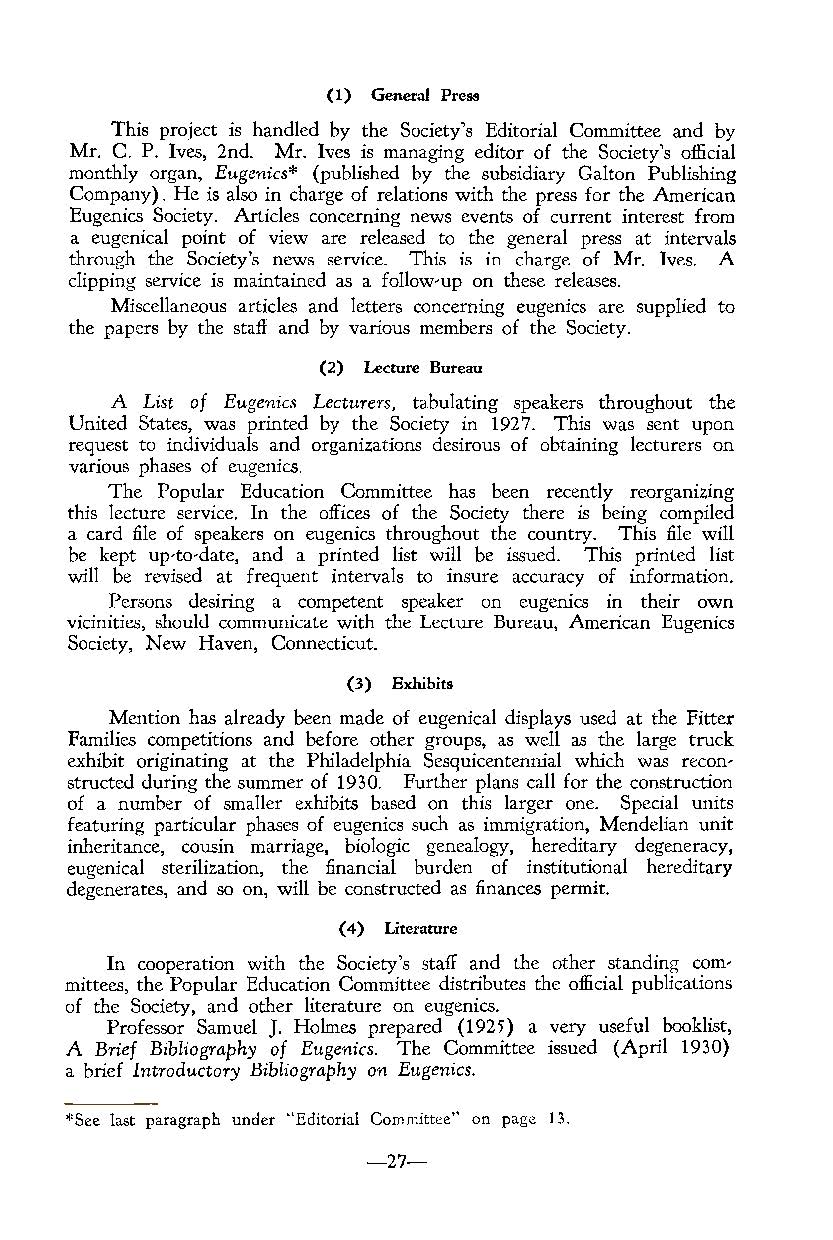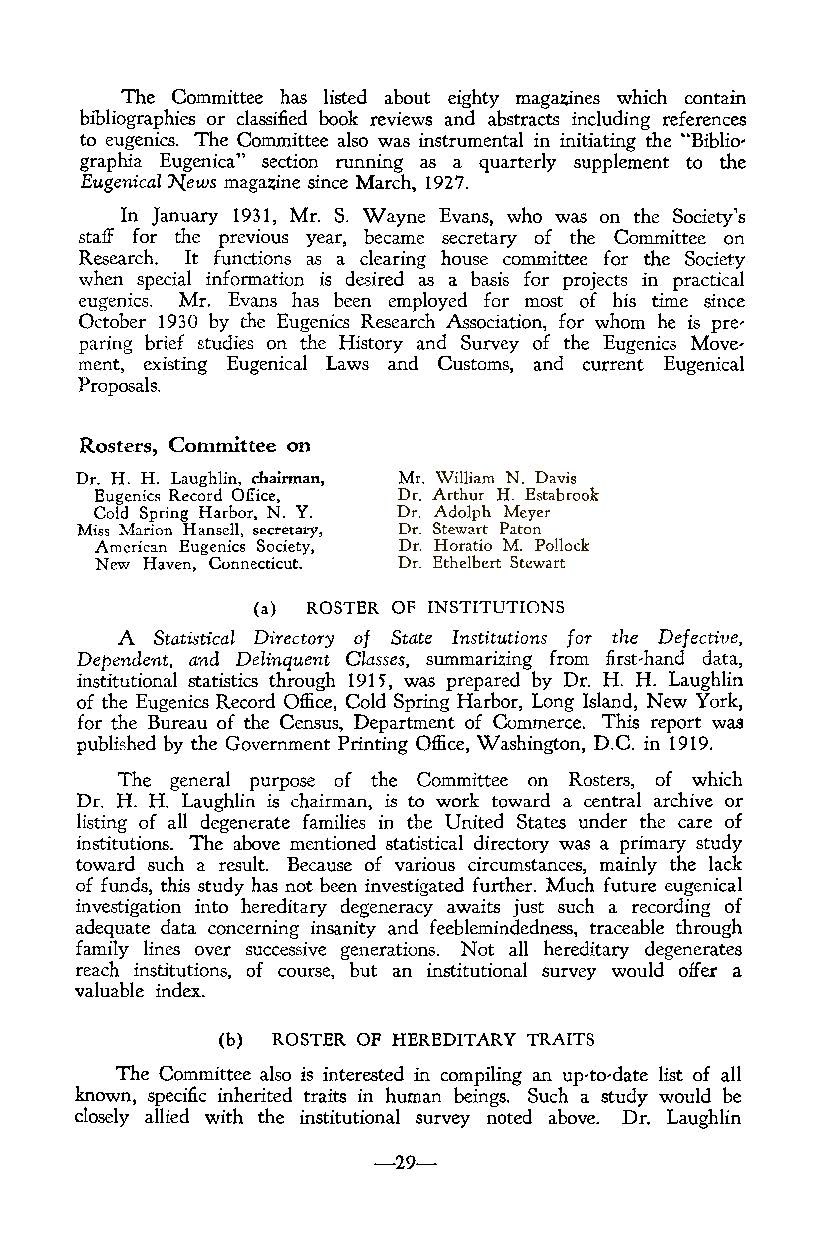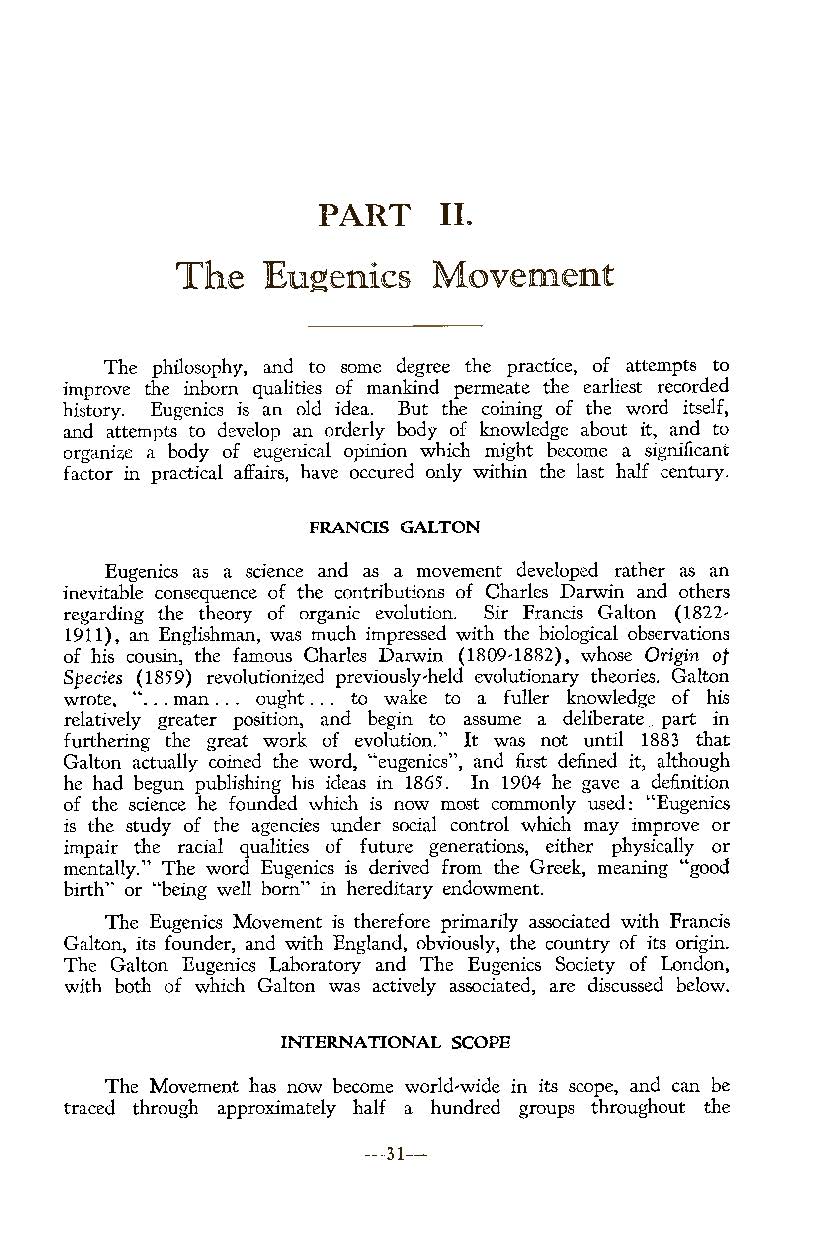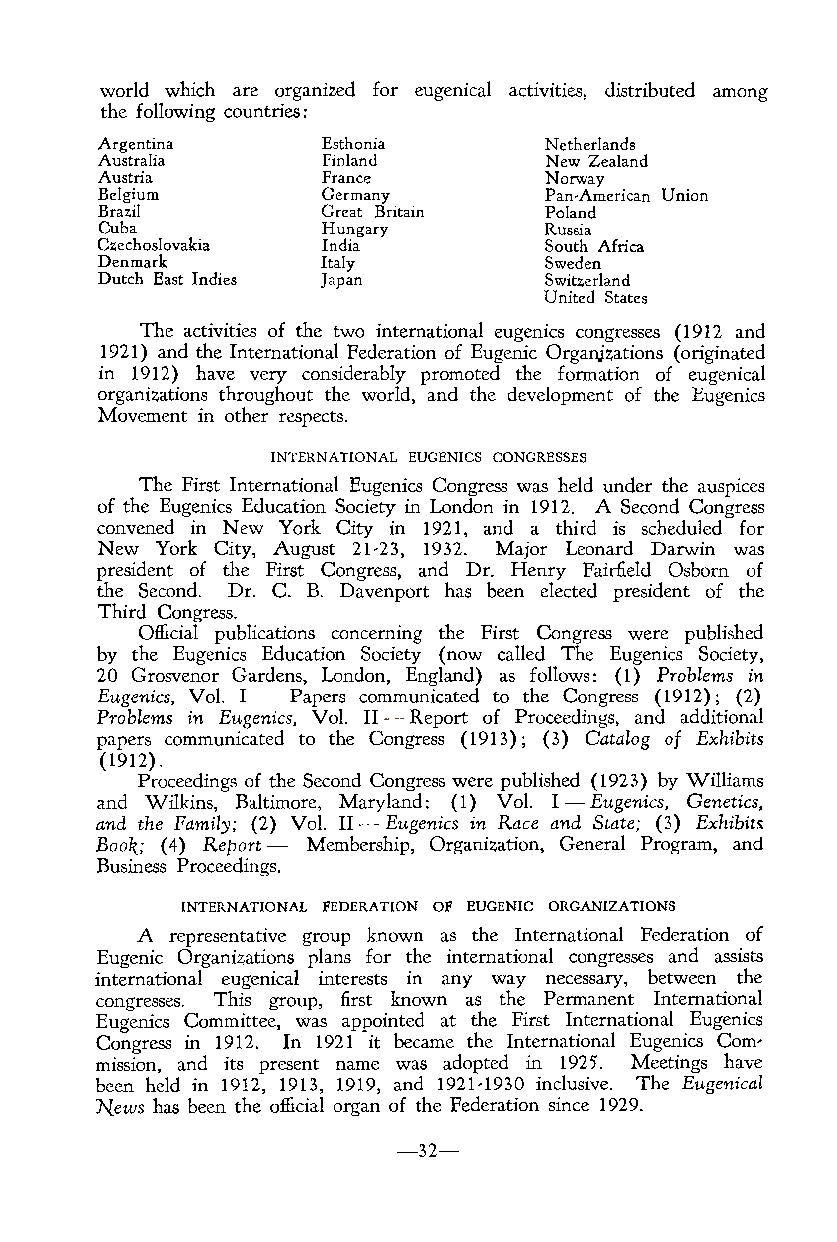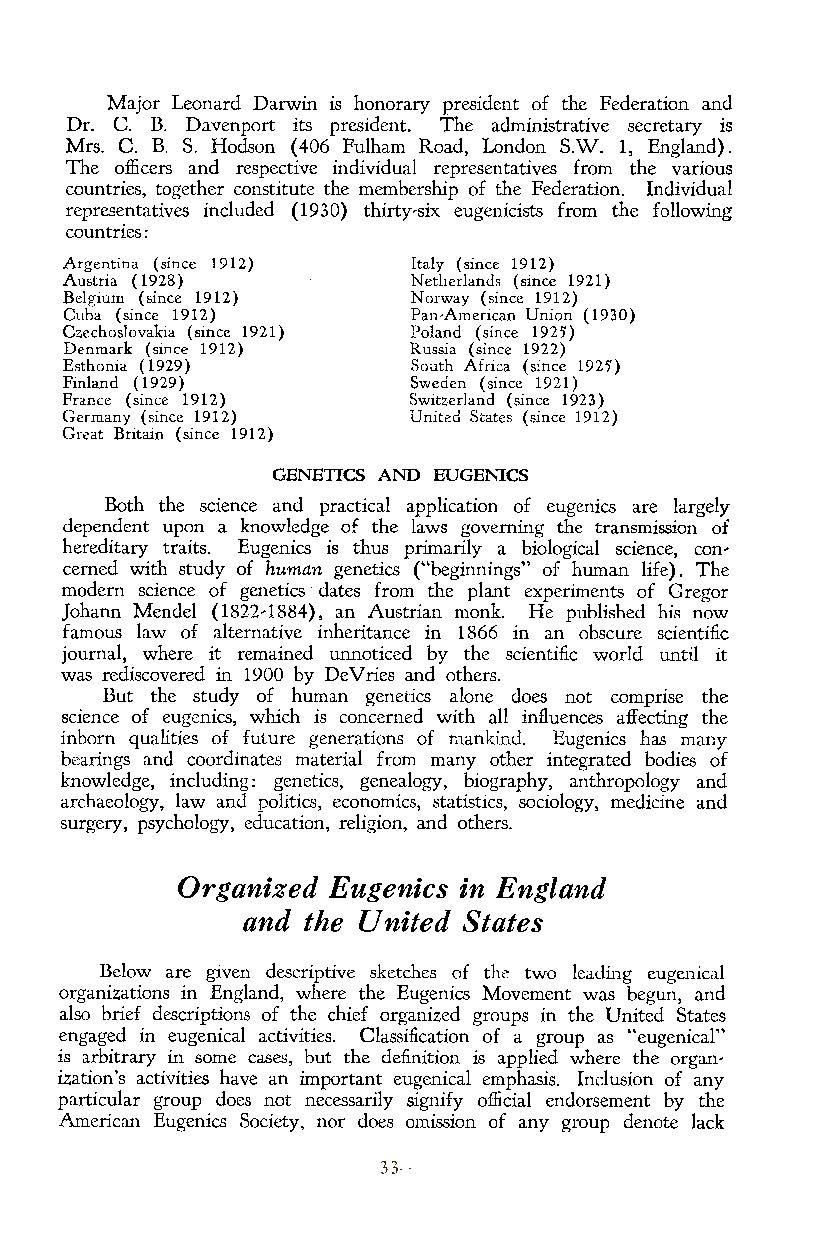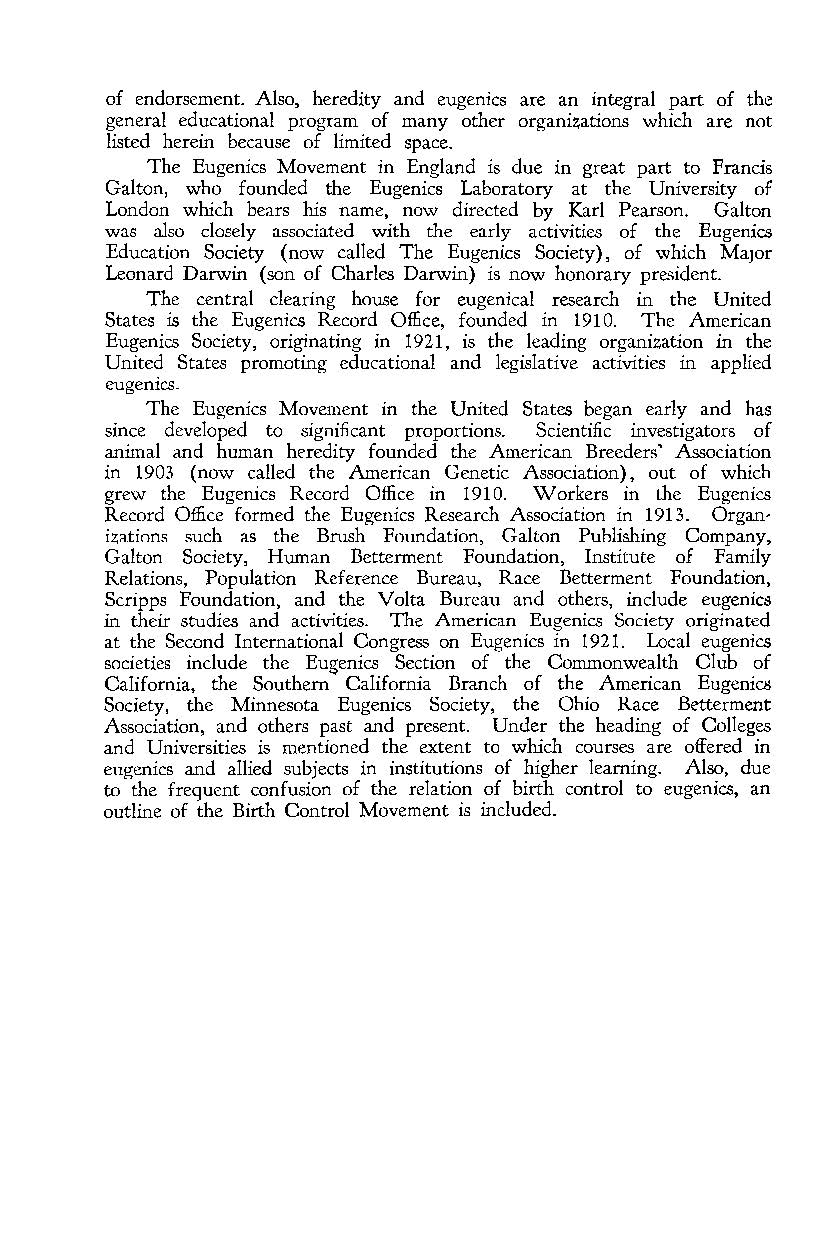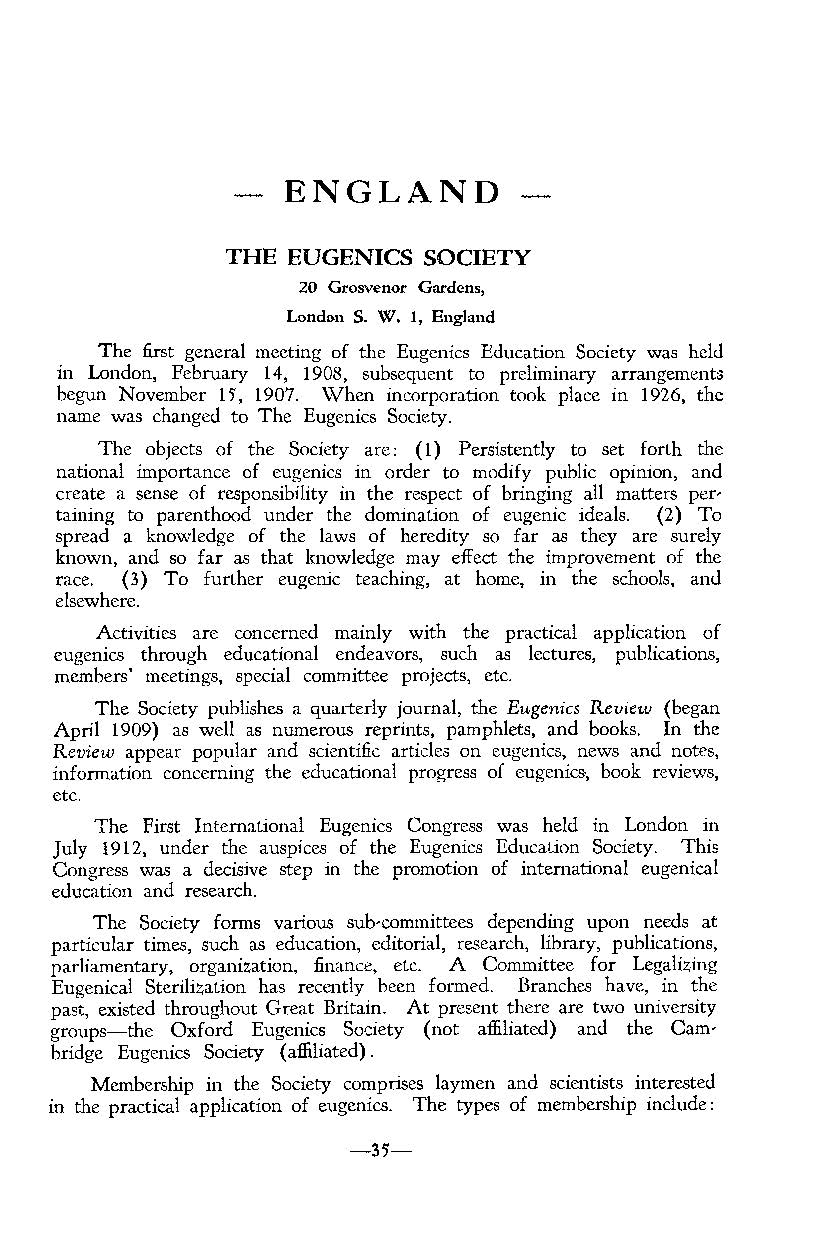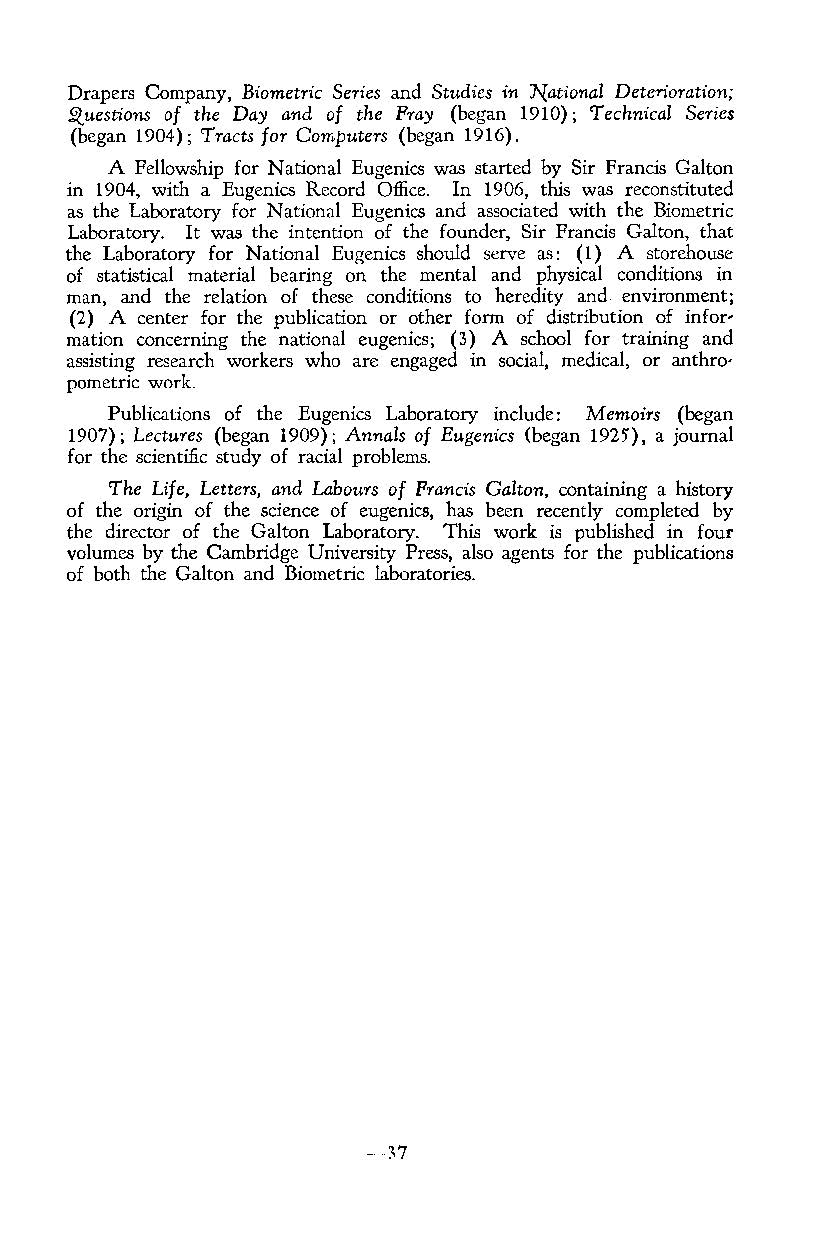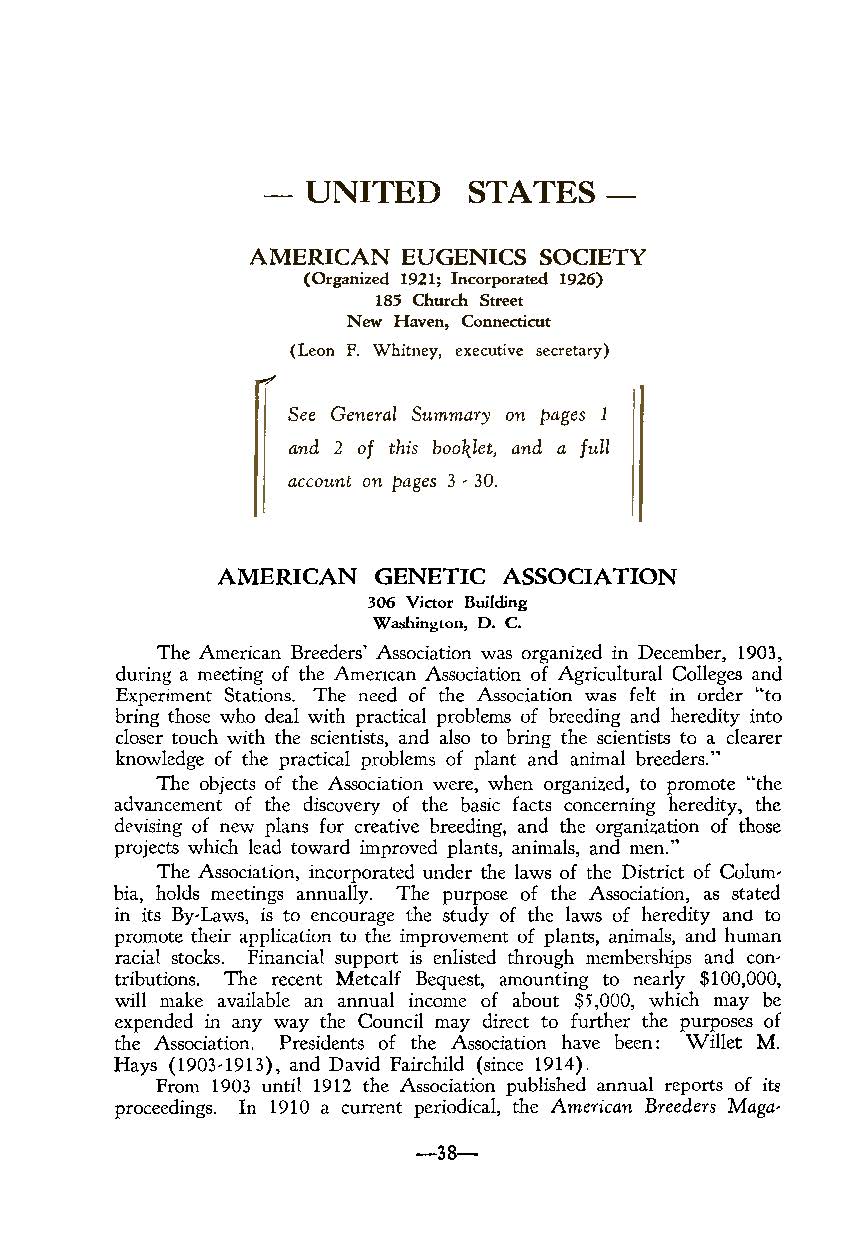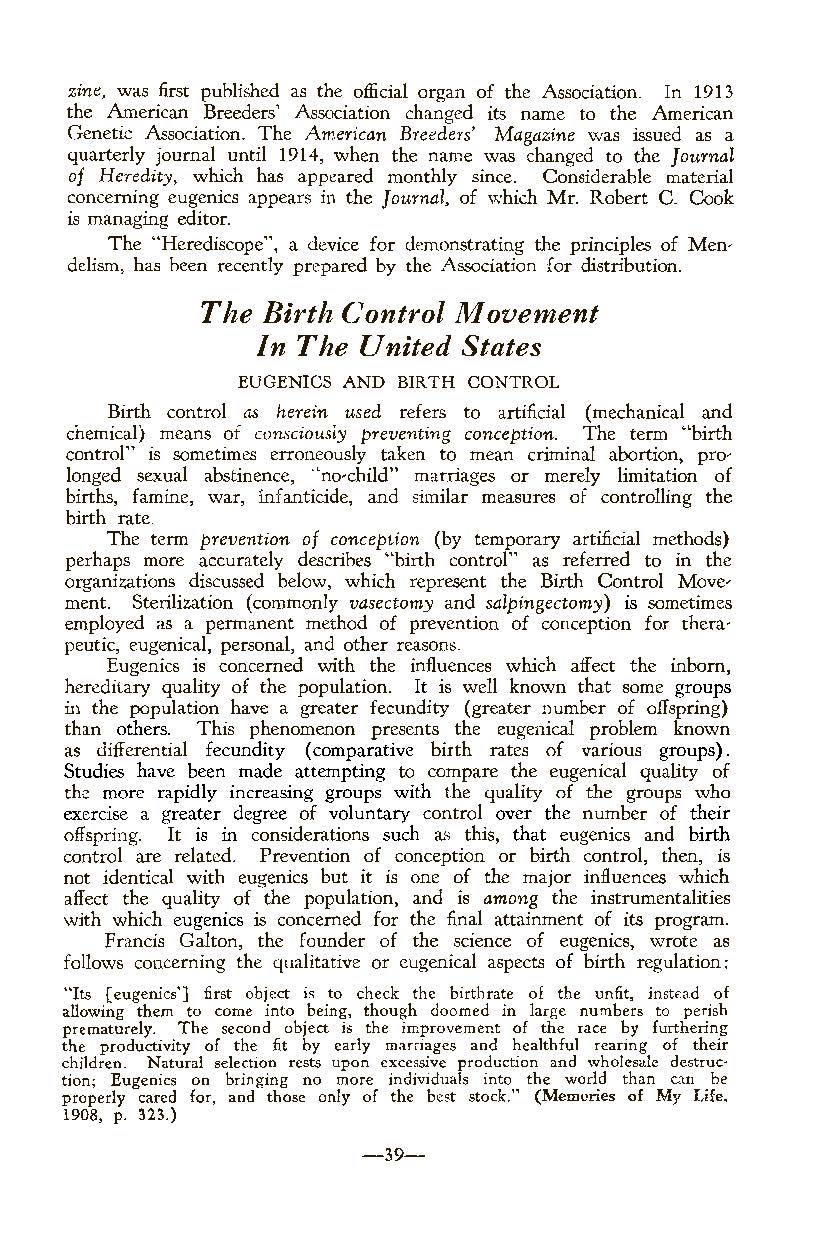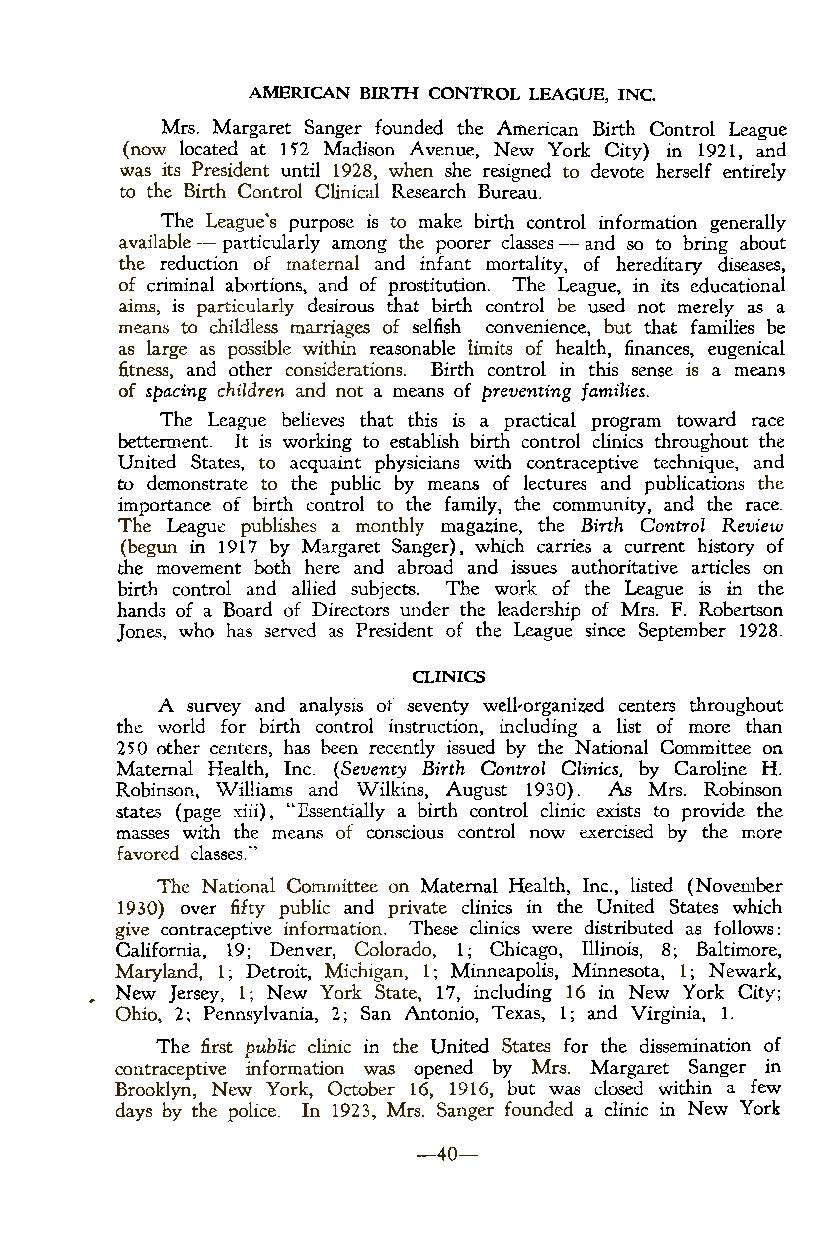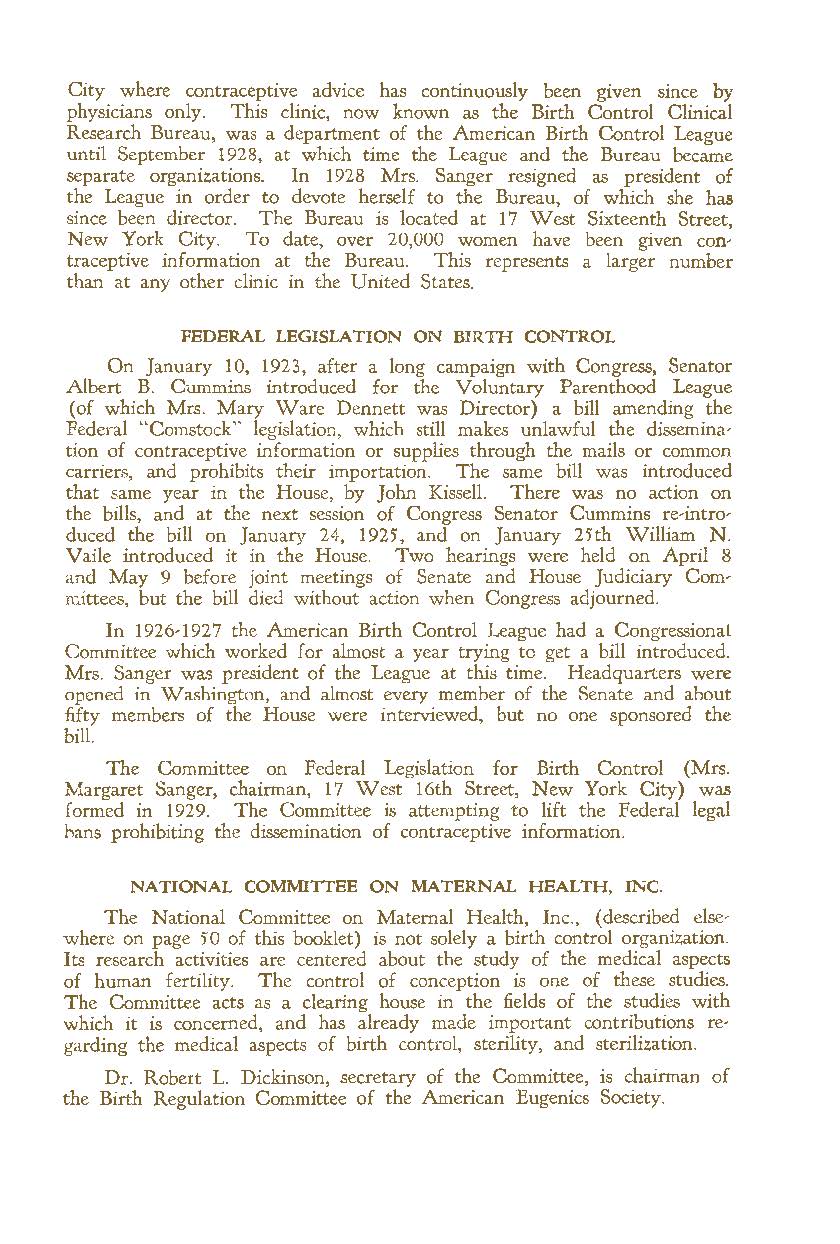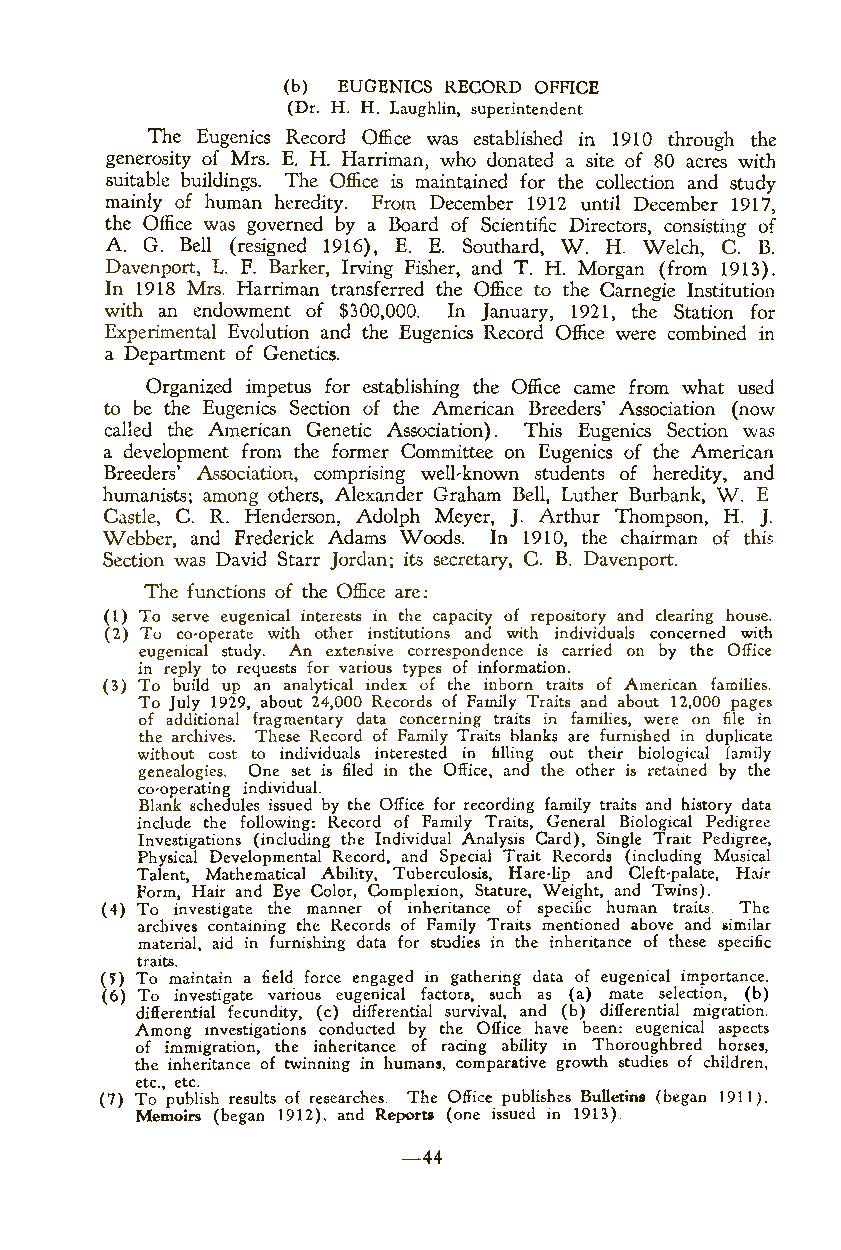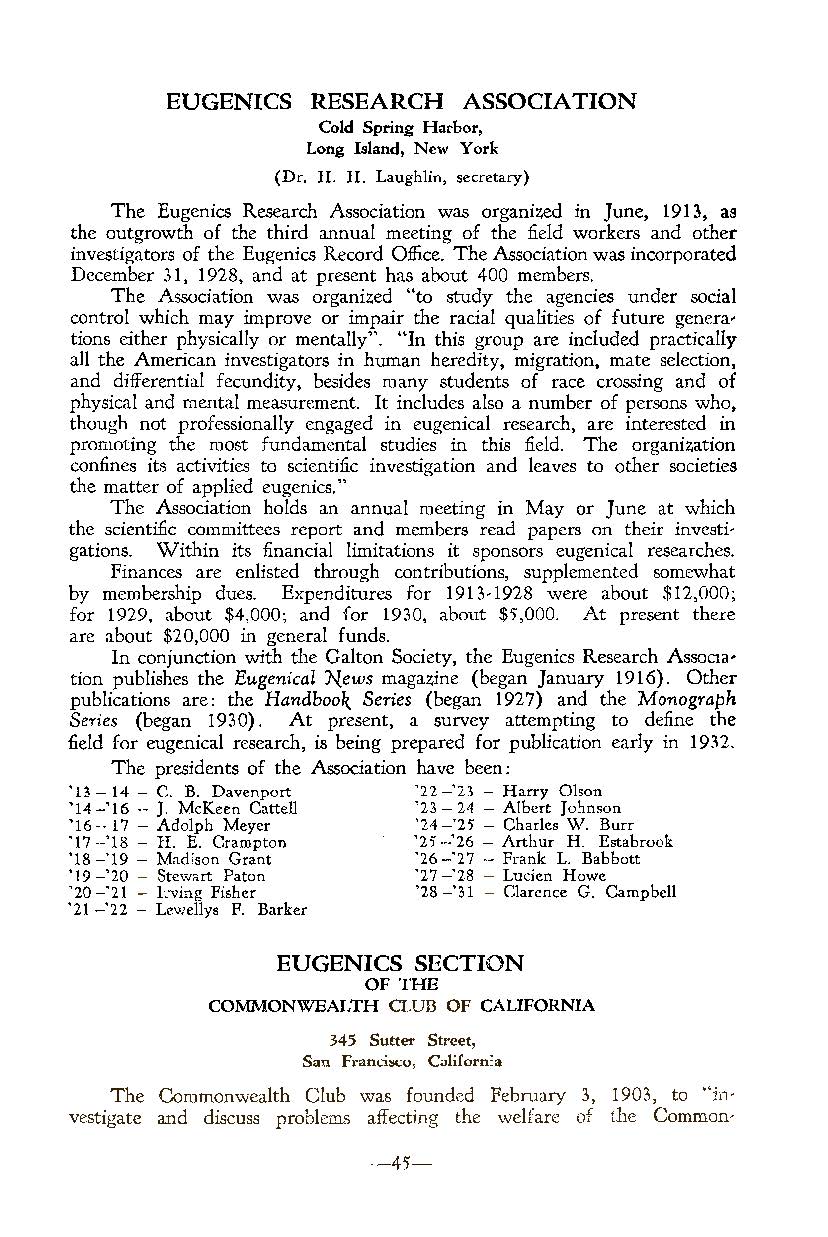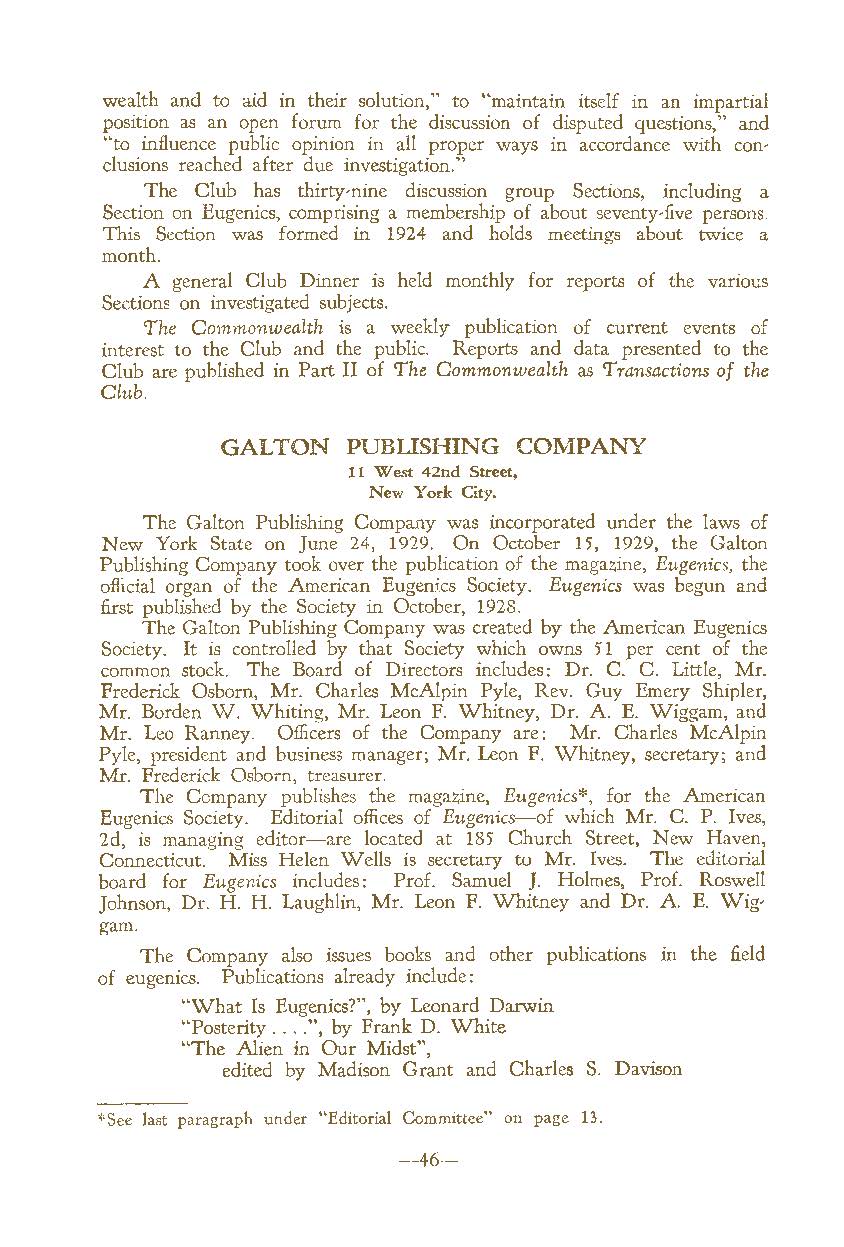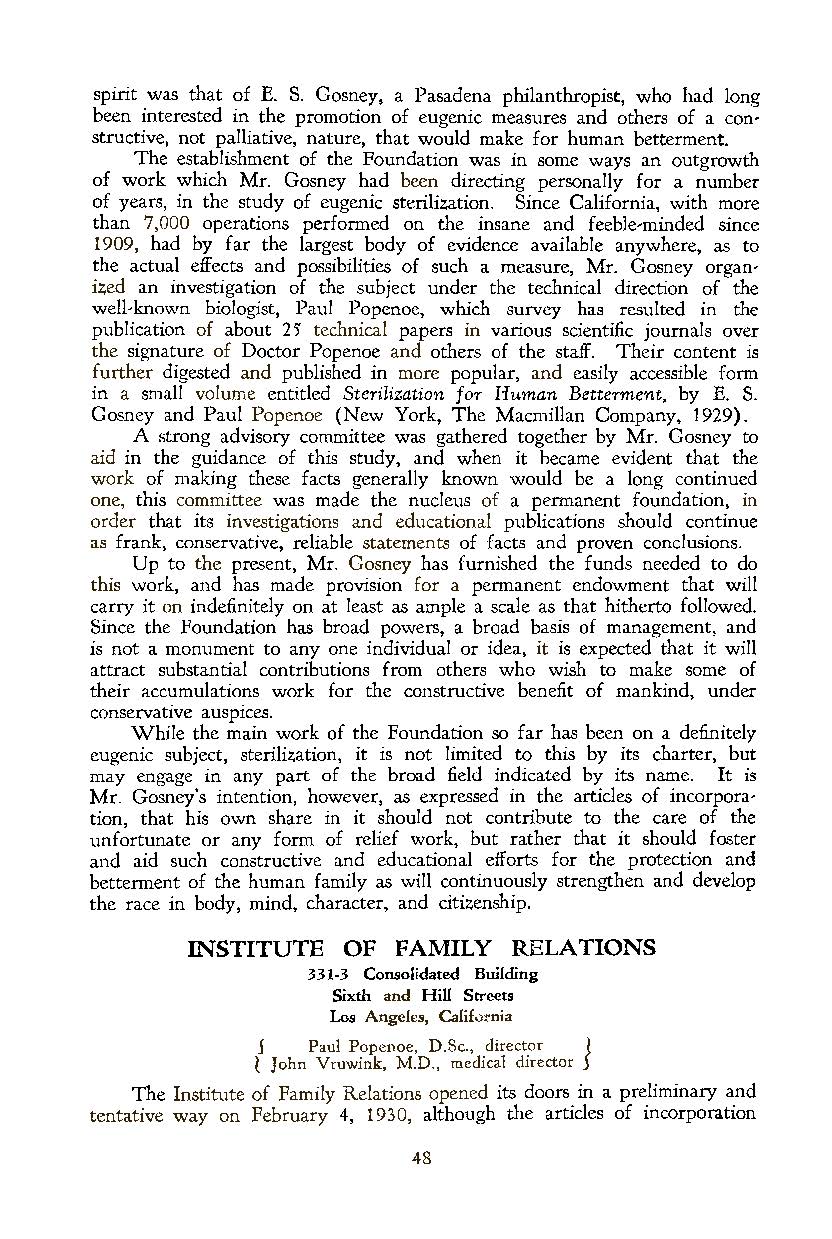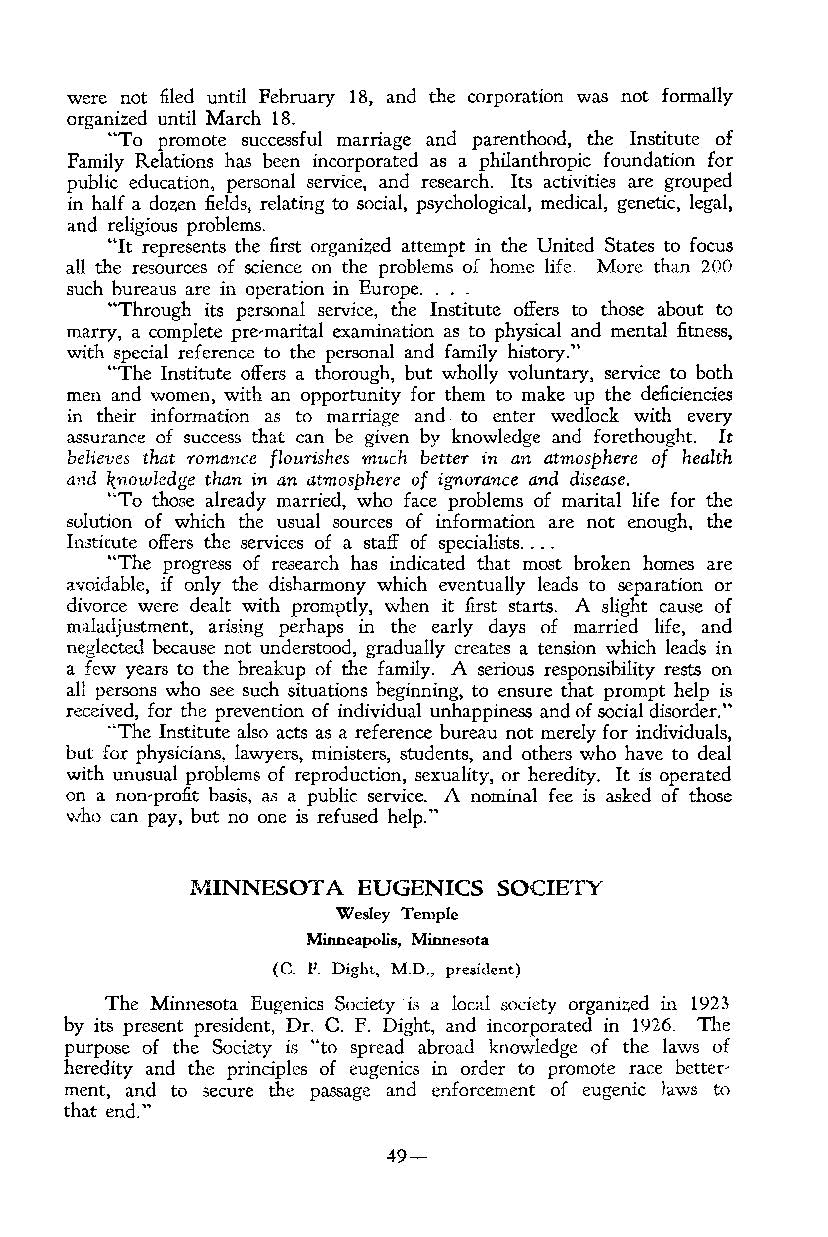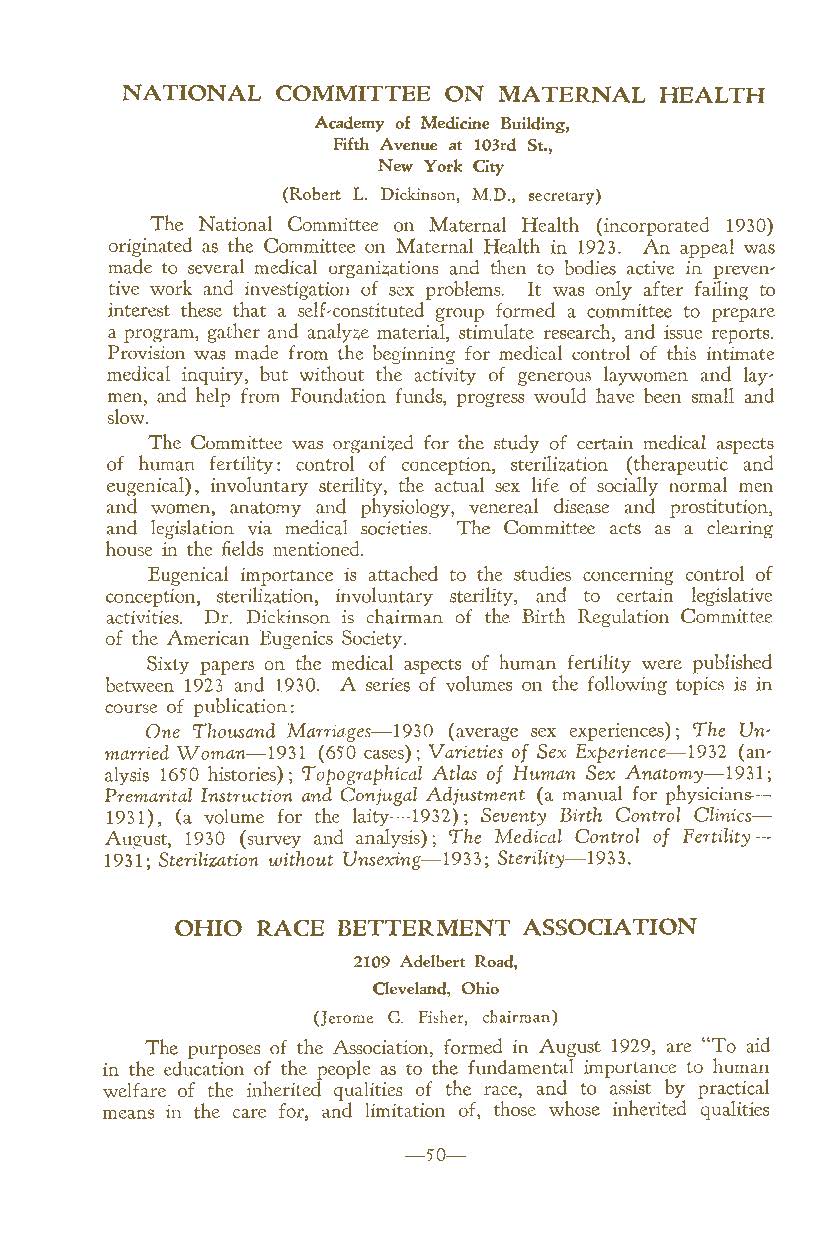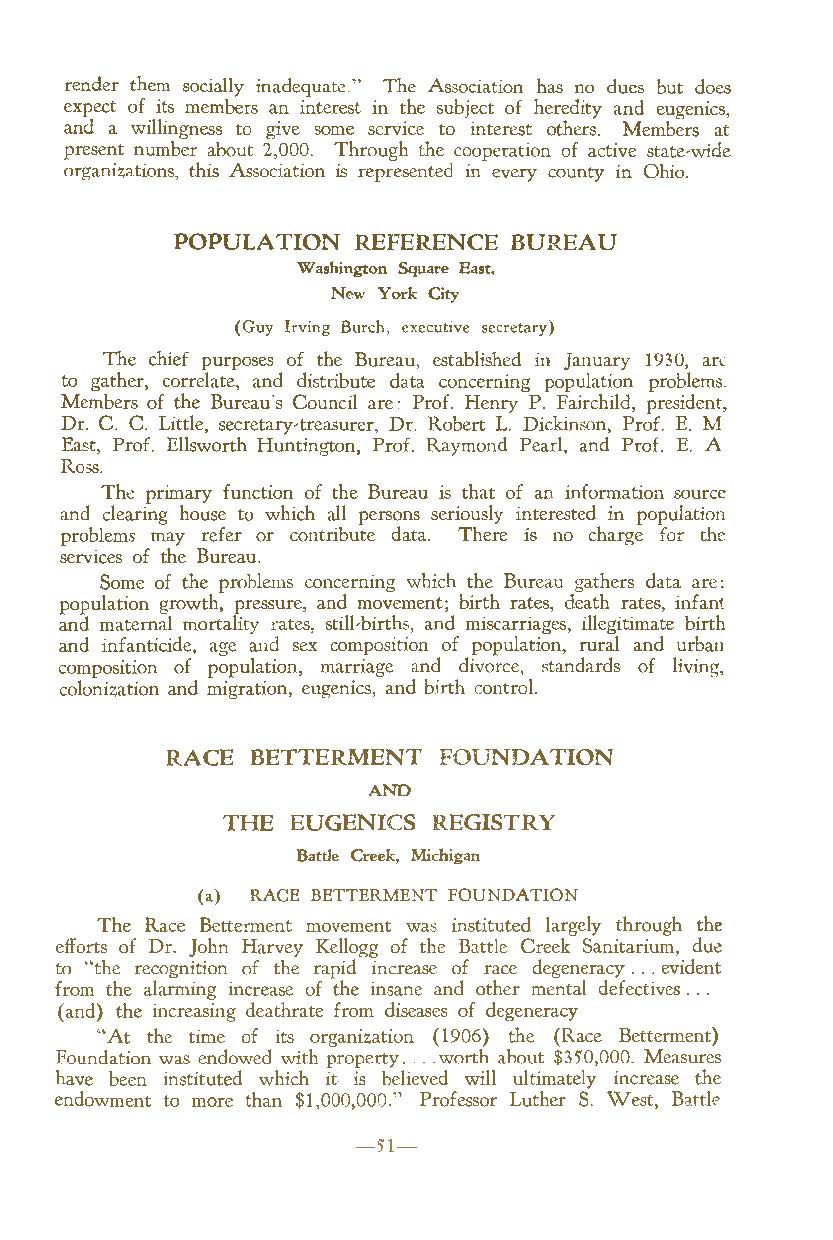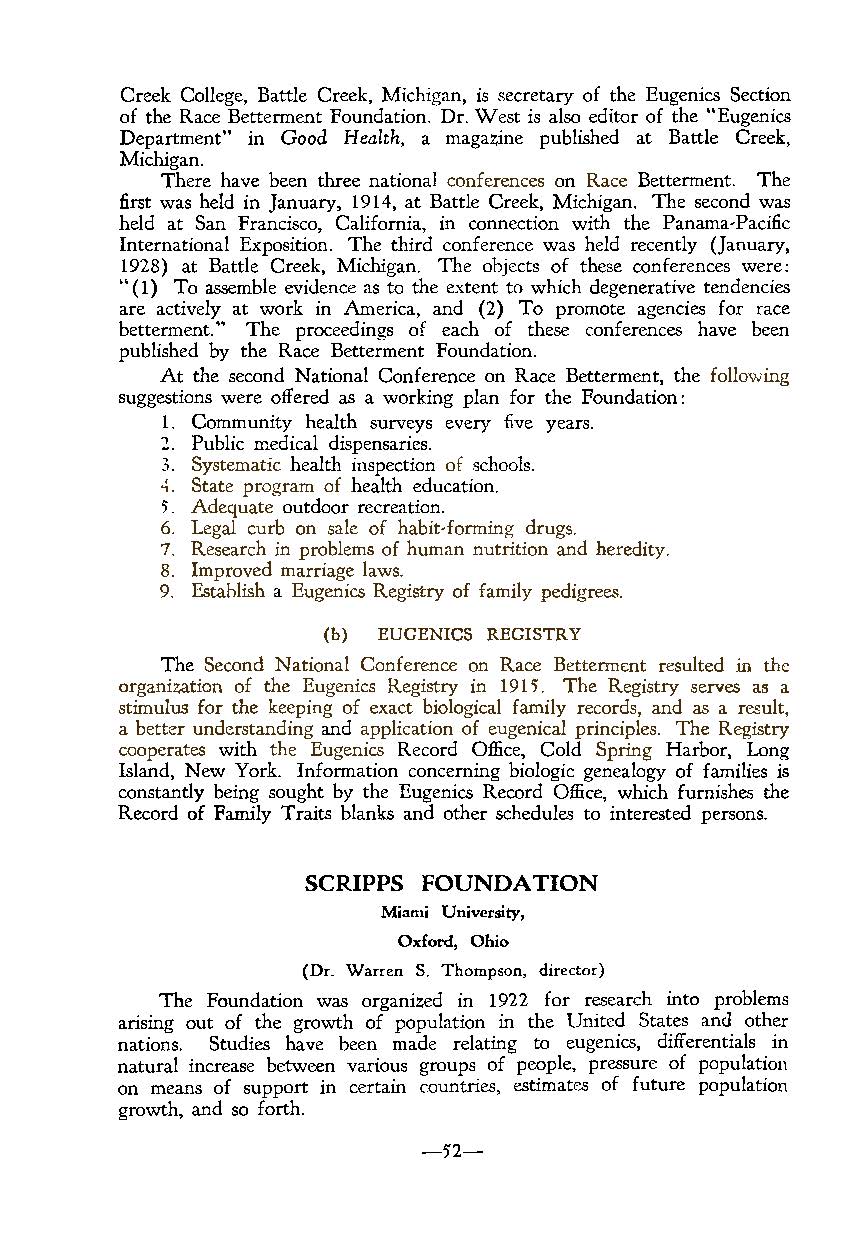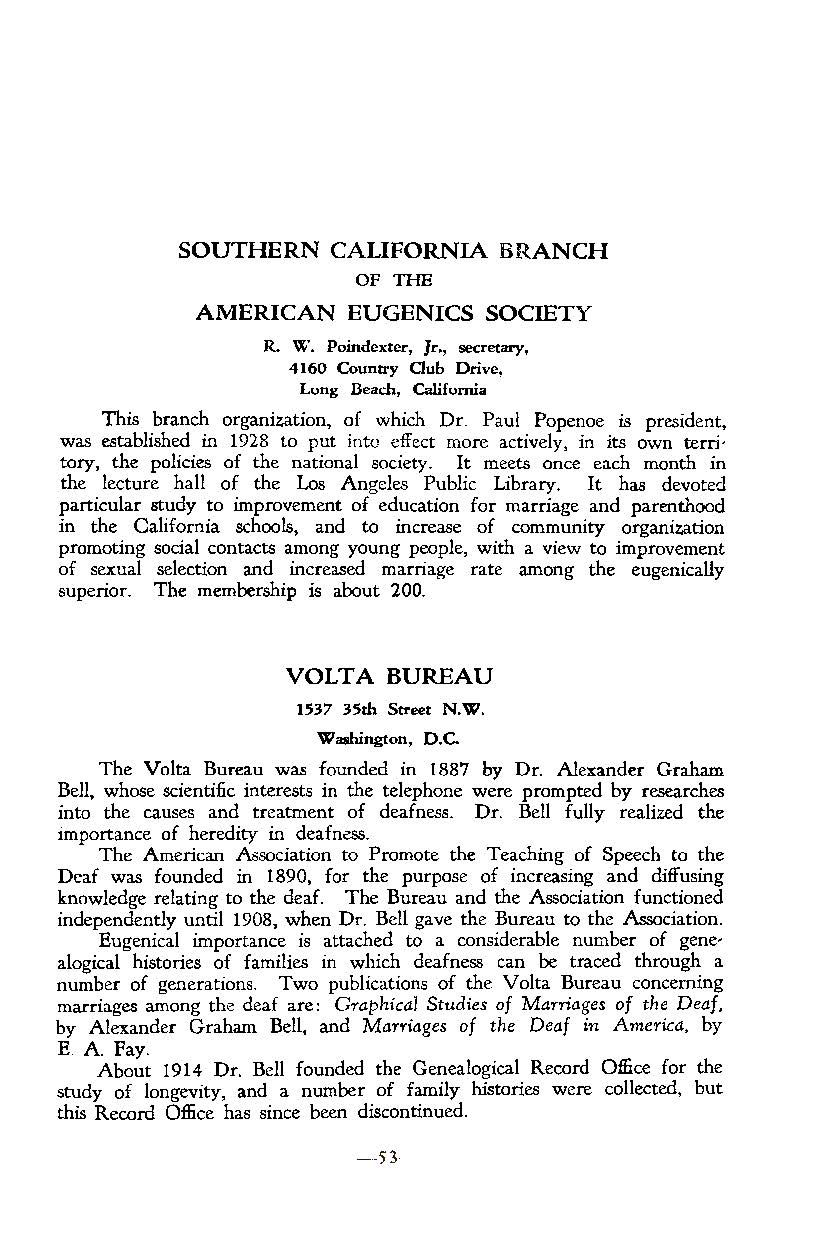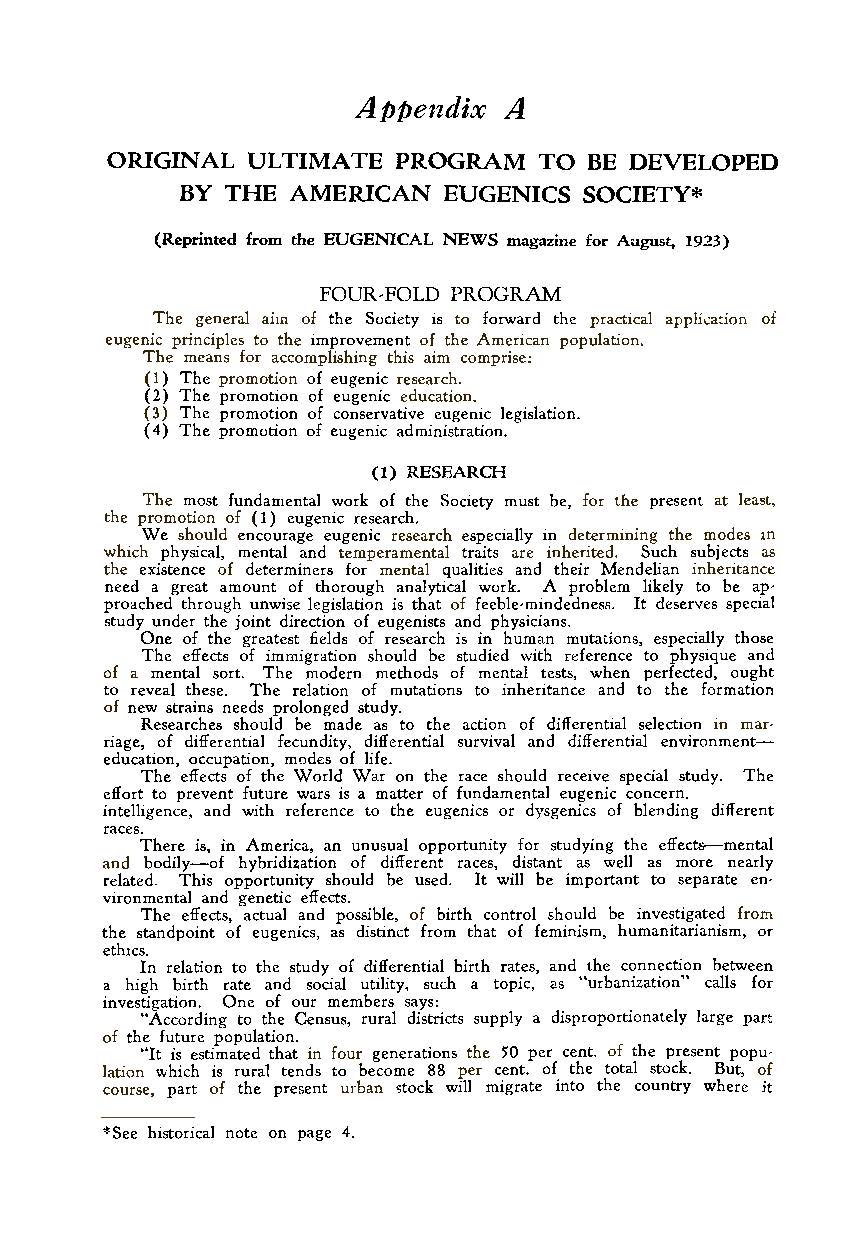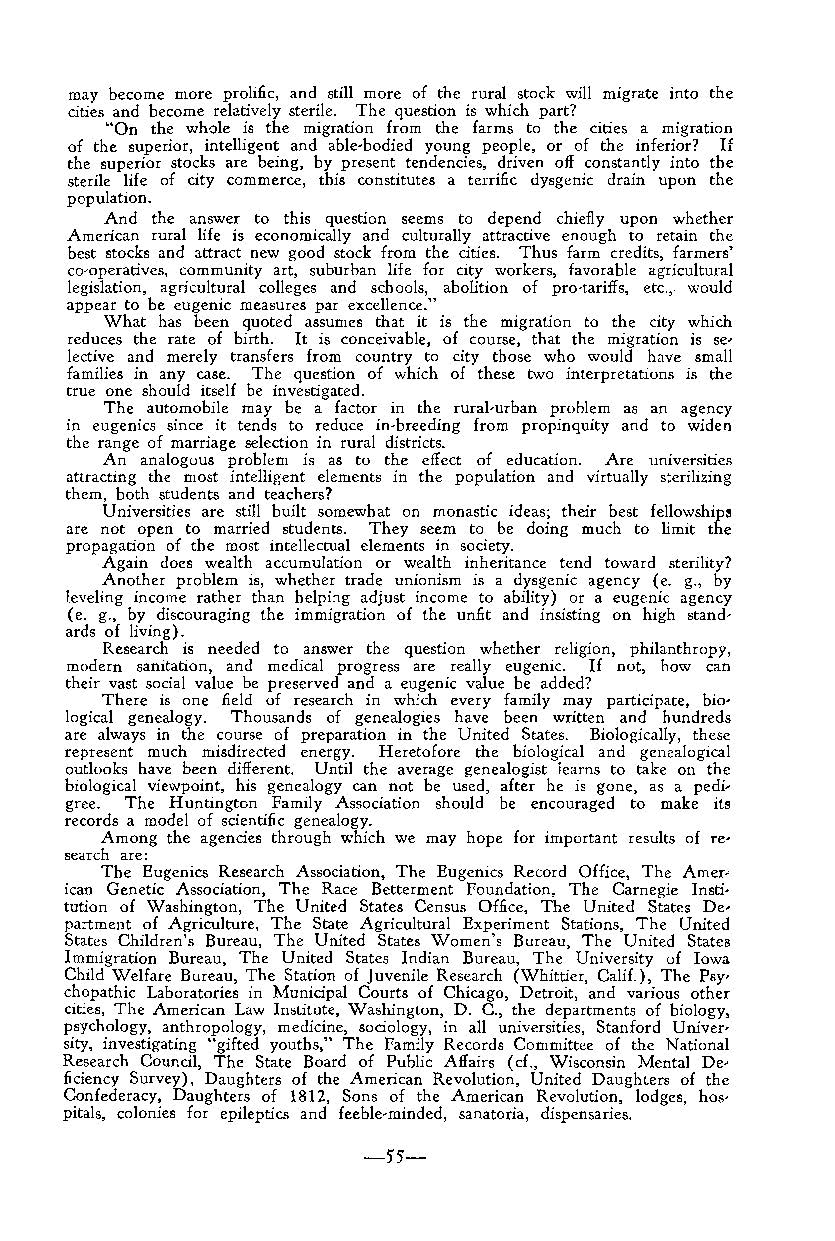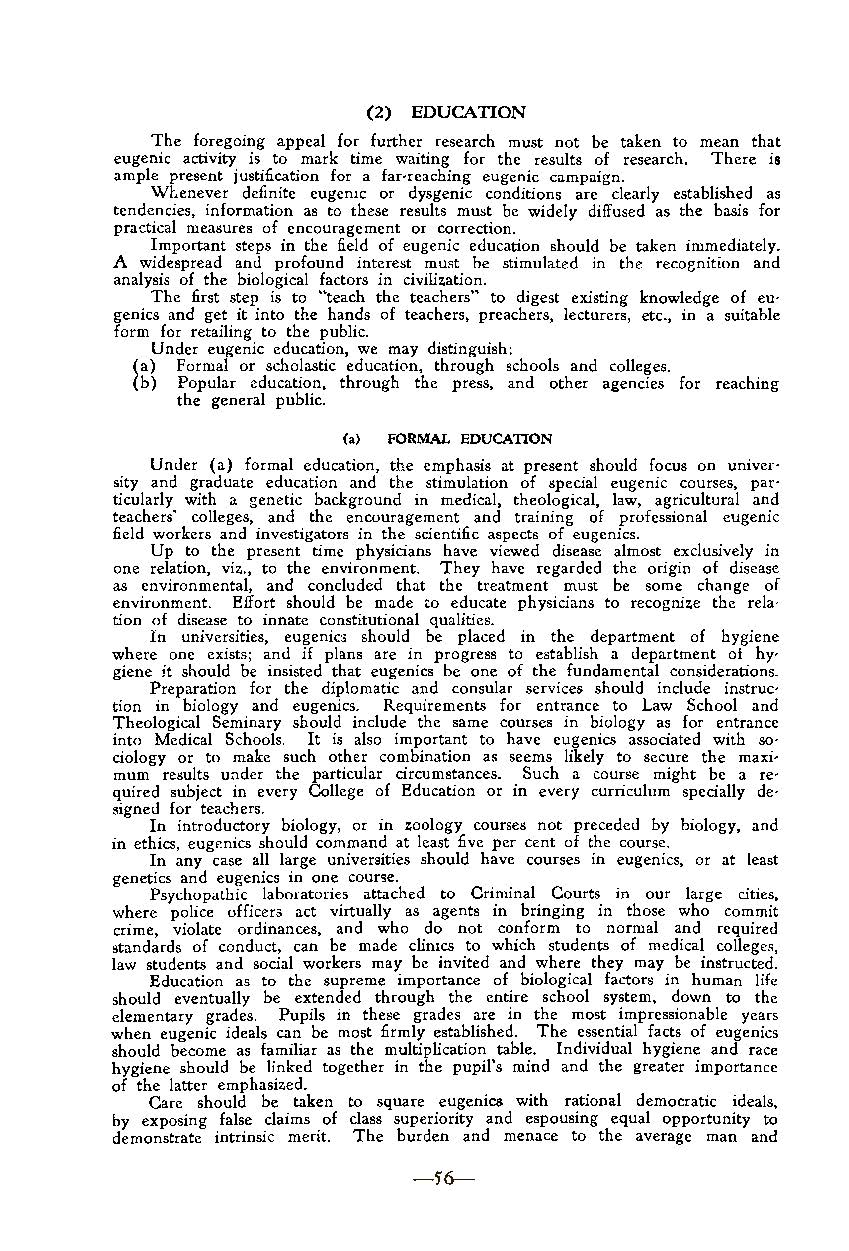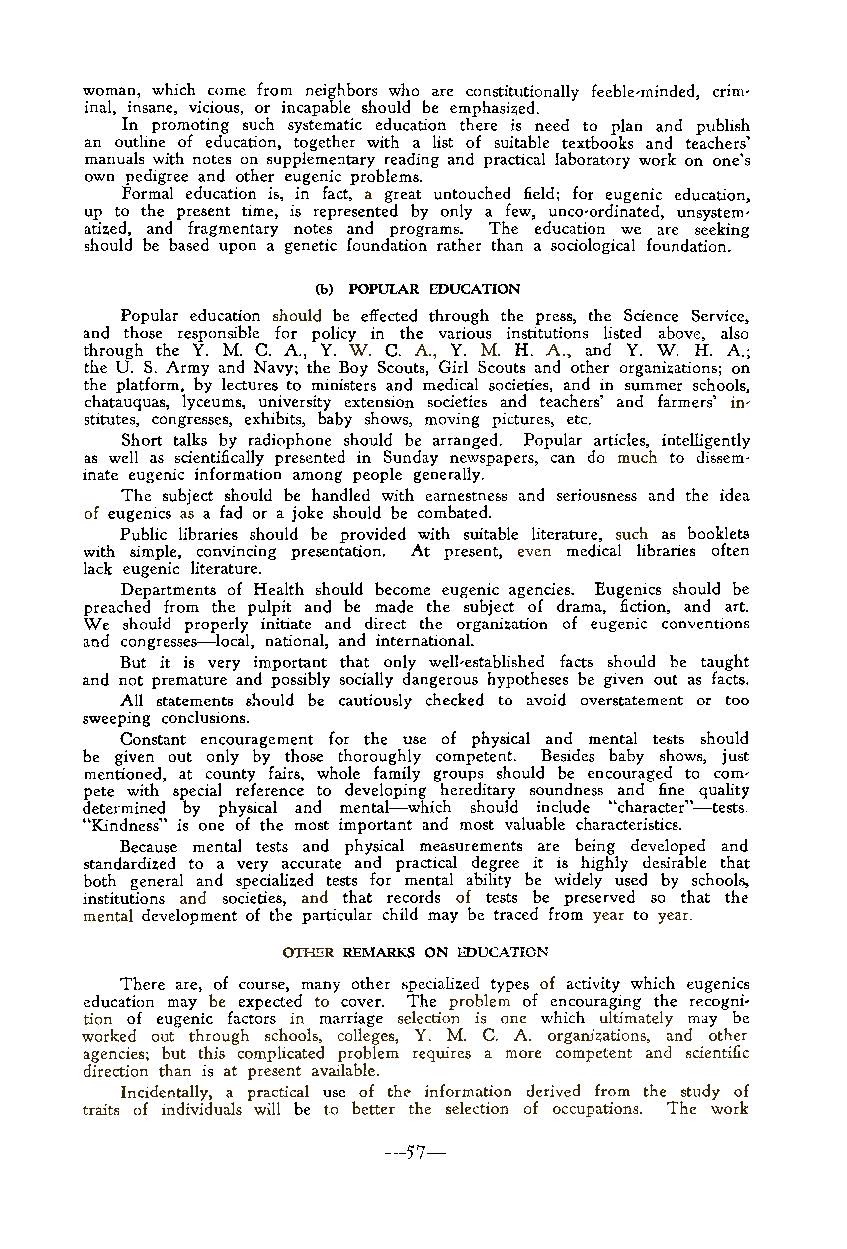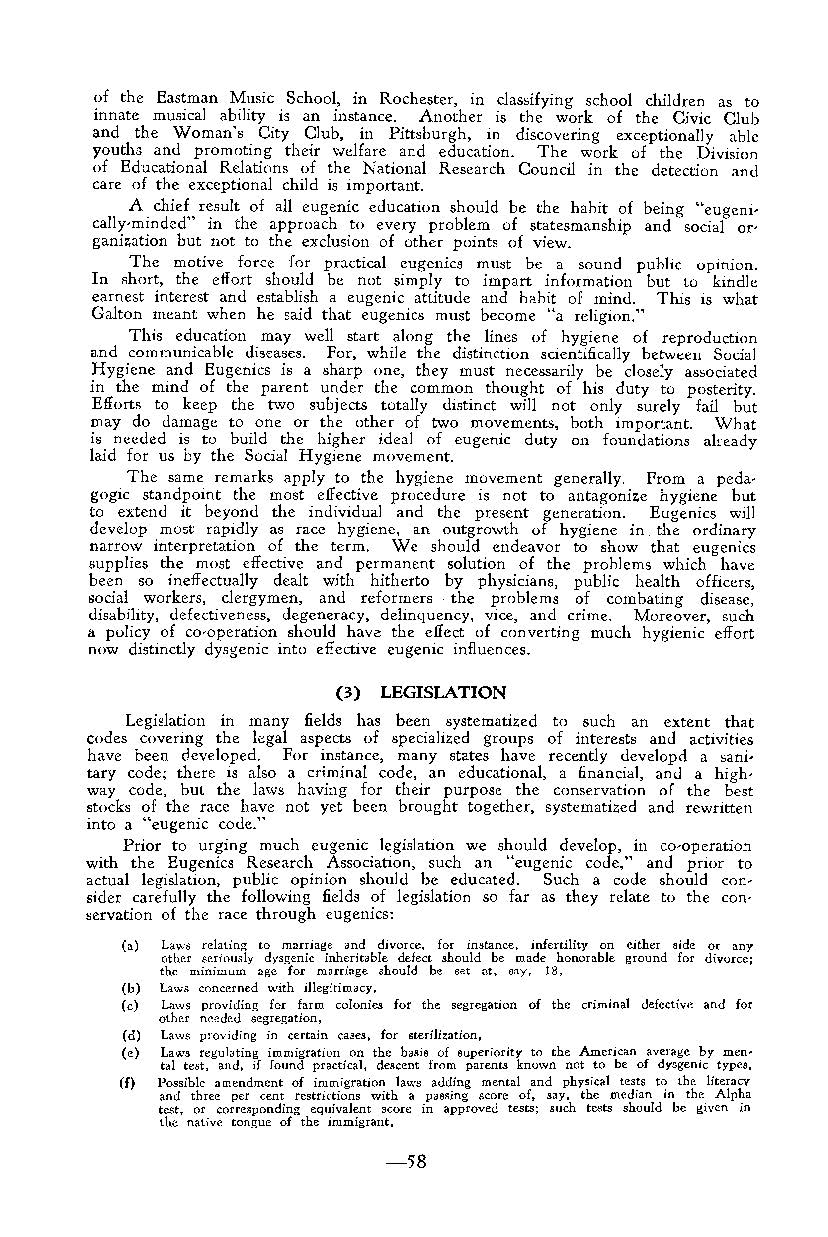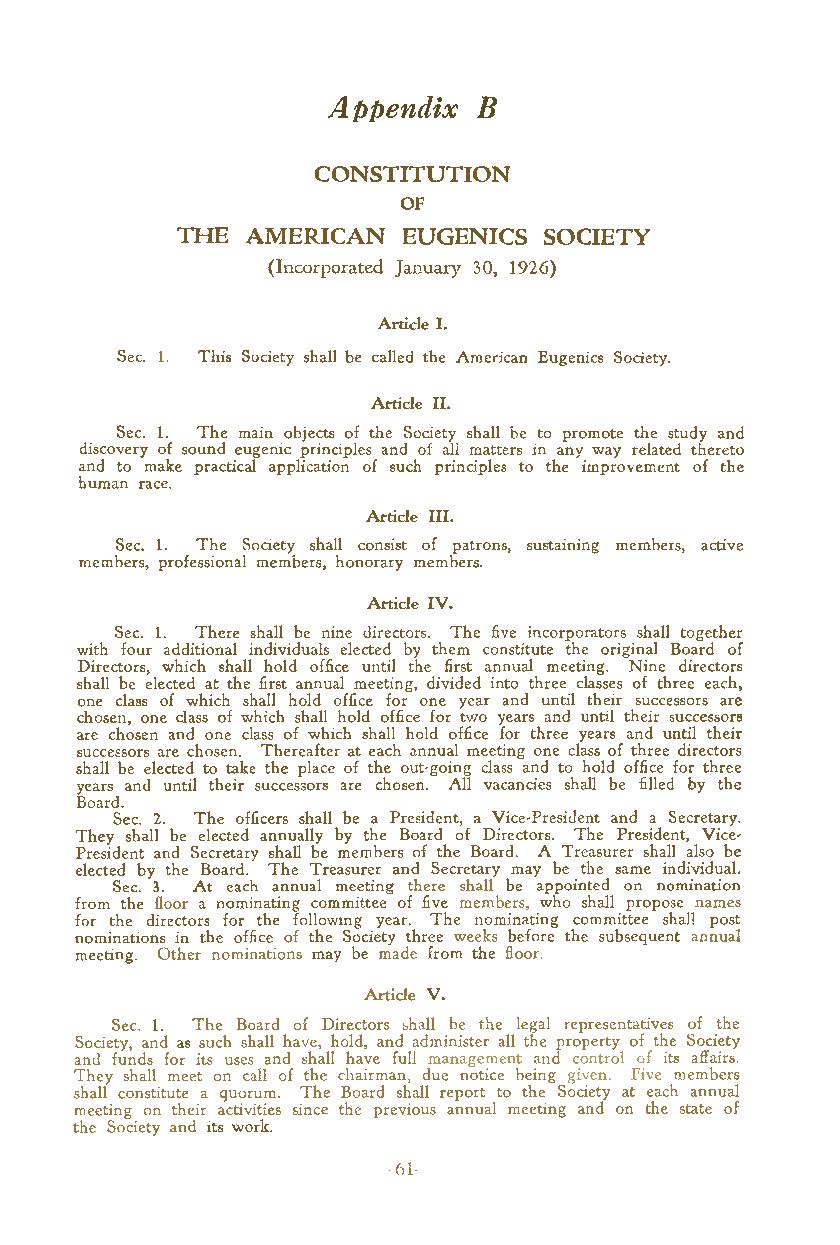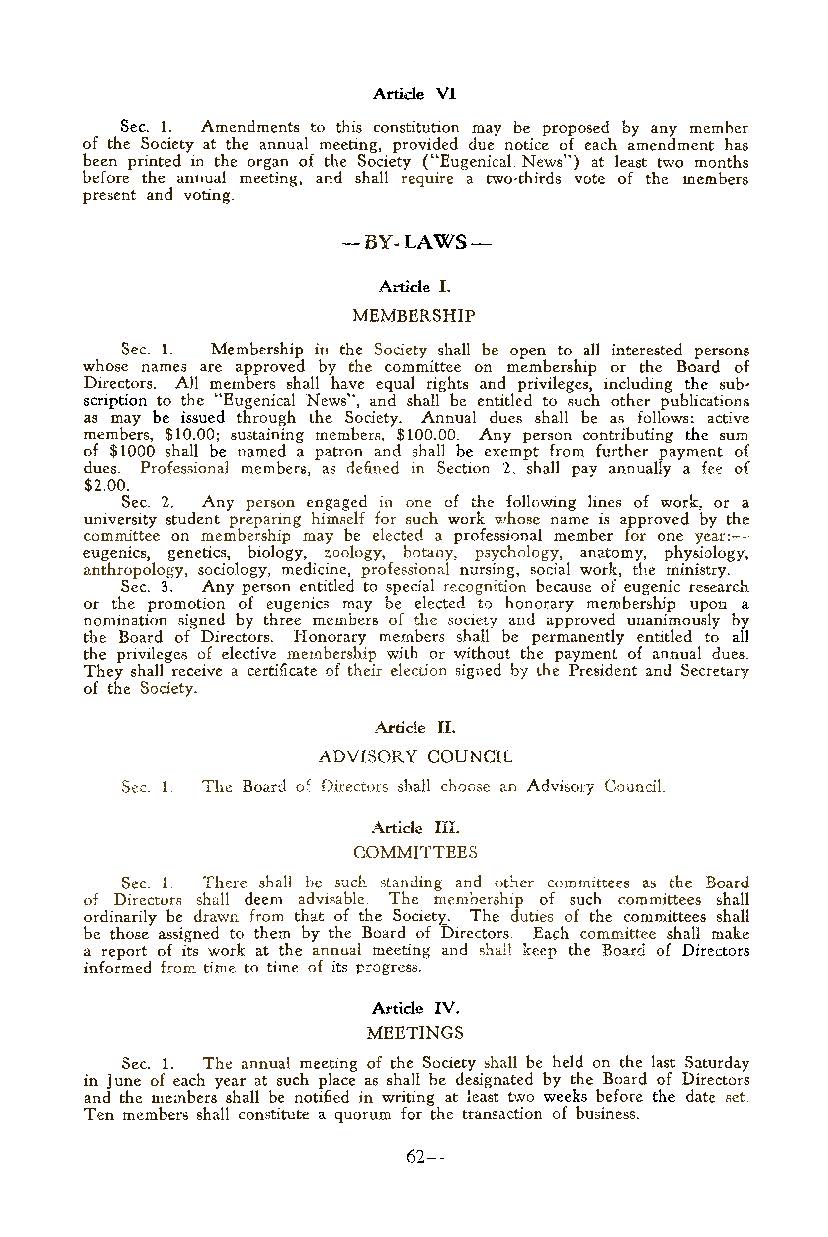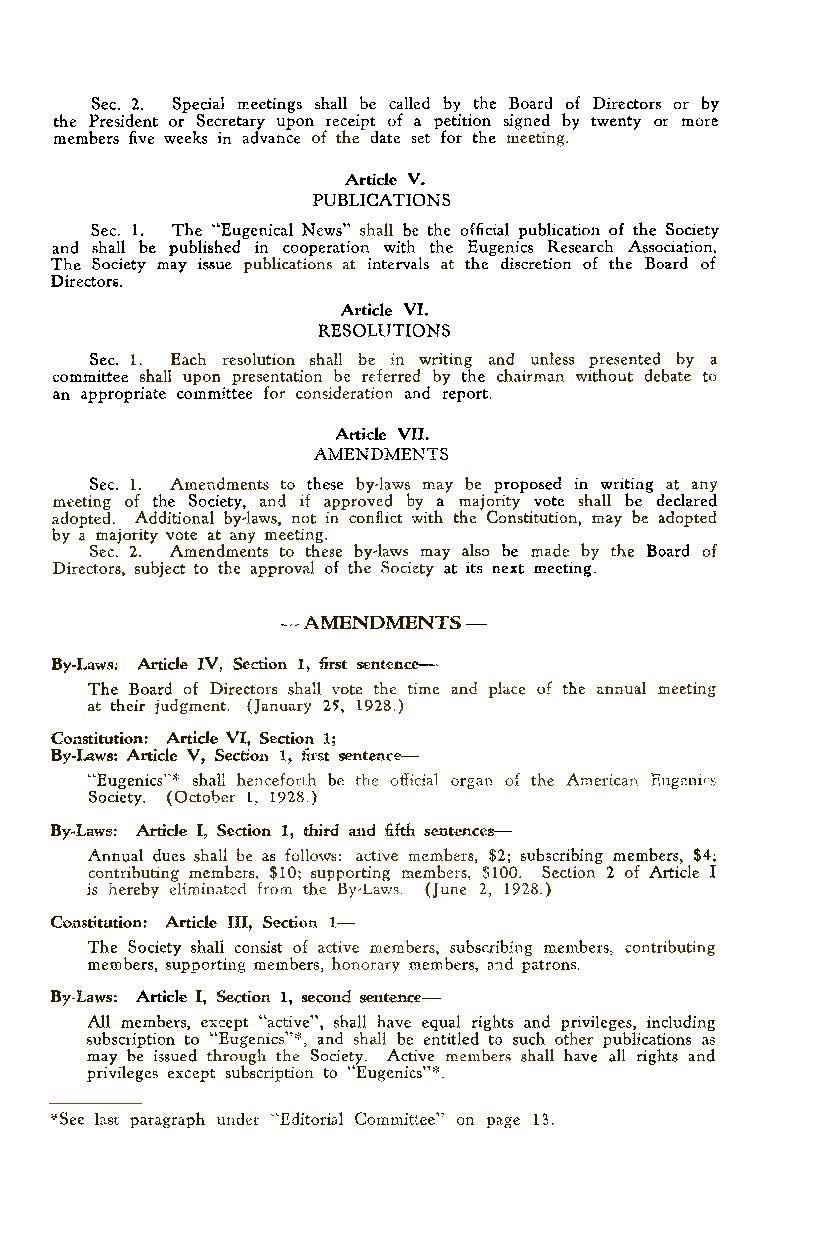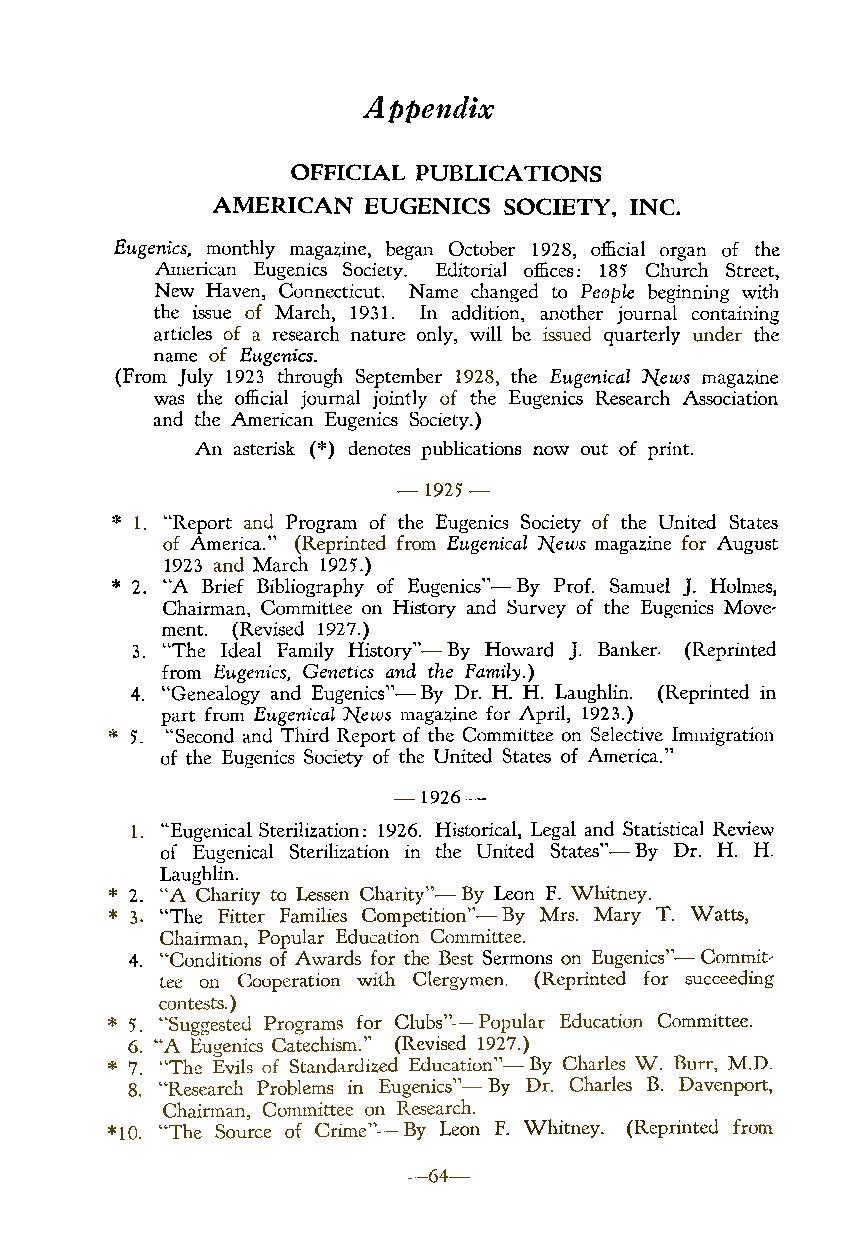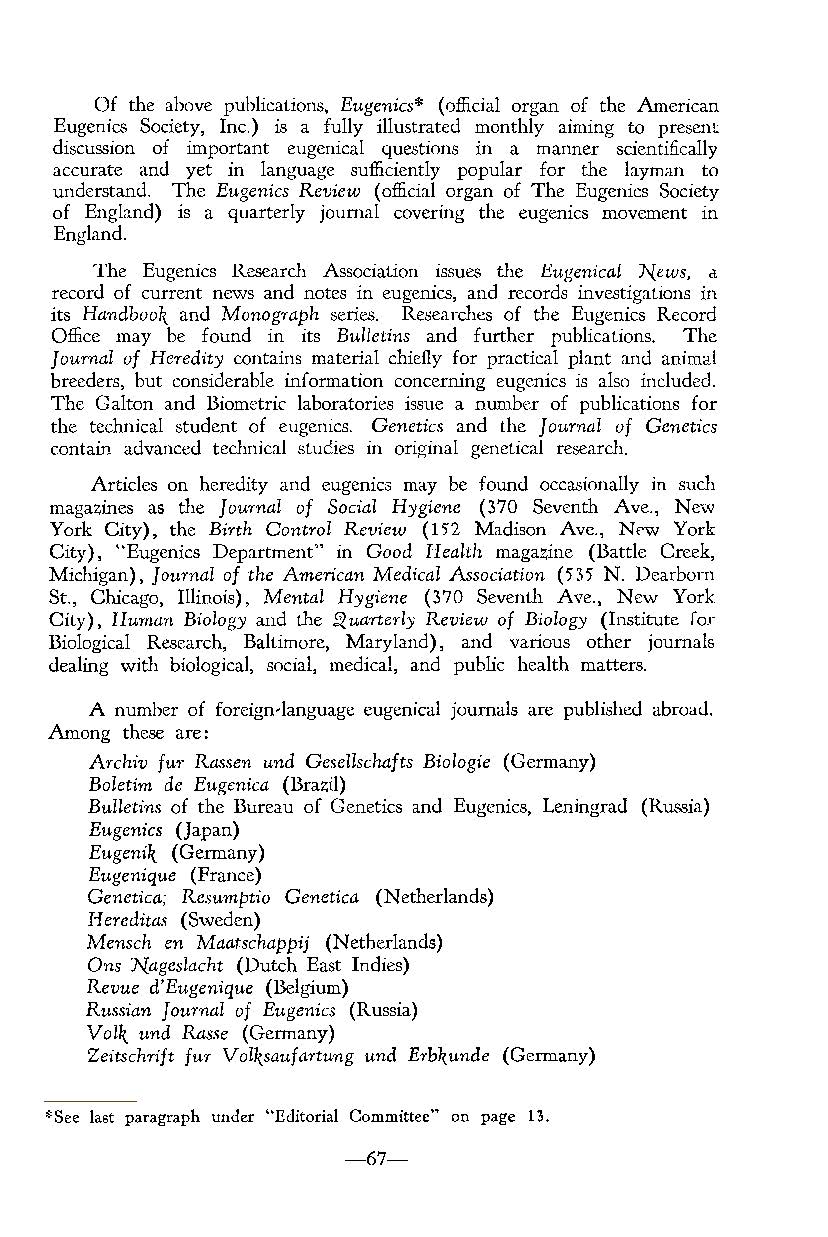In 1926, the American Eugenics Society (AES) was established in New Haven, Connecticut on the campus of Yale University. It was established by Madison Grant, Harry H. Laughlin, Henry F. Osborn, and Irving Fisher. Its goals were primarily to promote eugenics and education programs to indoctrinate the U.S. public. AES described eugenics as “the study of improving the genetic composition of humans through controlled reproduction of different races and classes of people.” [1]
The American Eugenics Society (AES) published a 1931 pamphlet entitled, “Organized Eugenics.” The booklet promoted legislation in Connecticut relating to the “segregation of certain socially inadequate persons,” and eugenic sterilizations for people they designated “hopelessly unfit.” People with hereditary mental illness, developmental disabilities, and epilepsy fell on that list. They also supported laws relating to marriage, contraceptive information, and Federal immigration restriction.
Using Biblical verses to justify their reasoning, they cite Matthew 7:18; “A good tree cannot bring forth evil fruit, but a corrupt tree bringeth forth evil fruit.” Using people’s genealogical history against them, AES devised a system for measuring human social fitness by using race and ethnicity, IQ, citizenship status and family health history as metrics. They emphasized the purpose and mission of eugenics as being “concerned with the influences which affect the inborn, hereditary quality of the population.”
Throughout the pamphlet, there is an interest and emphasis on immigration, that highlighted the intersection of mental health, immigration and racism in the biopolitics of eugenics. AES supported a racial and ethnic hierarchical structure that gave academic legitimacy to limit immigration and control the transnational movement of bodies. “The eugenicist is interested in immigration regulation in relation to its bearing upon the racial and family-stock quality of future generations of Americans.” Their Committee on Selective Immigration promoted the exclusion of specific groups of immigrants and believed that selective immigration was a solution to quell the number of people who became the public charge.
They instructed policy-makers to only admit those who they deemed superior to the average American as proven by psychological tests. They also backed overseas medical inspection to prove “highest possible degree of efficiency” and consider hereditary history. Lastly, they cited a “rigid enforcement” of a public charge clause and emphasized policies of “occupational selection” or “industrial need.” They claimed fifty years of research demonstrated “plans for economic and biological selection of immigrants” were necessary for national success. [2]
[1] Gur-Arie, Rachel, “American Eugenics Society (1926-1972)”. Embryo Project Encyclopedia (2014-11-22). ISSN: 1940-5030 http://embryo.asu.edu/handle/10776/8241.
[2] American Eugenics Society, Organized Eugenics, (New Haven: American Eugenics Society, 1931).
